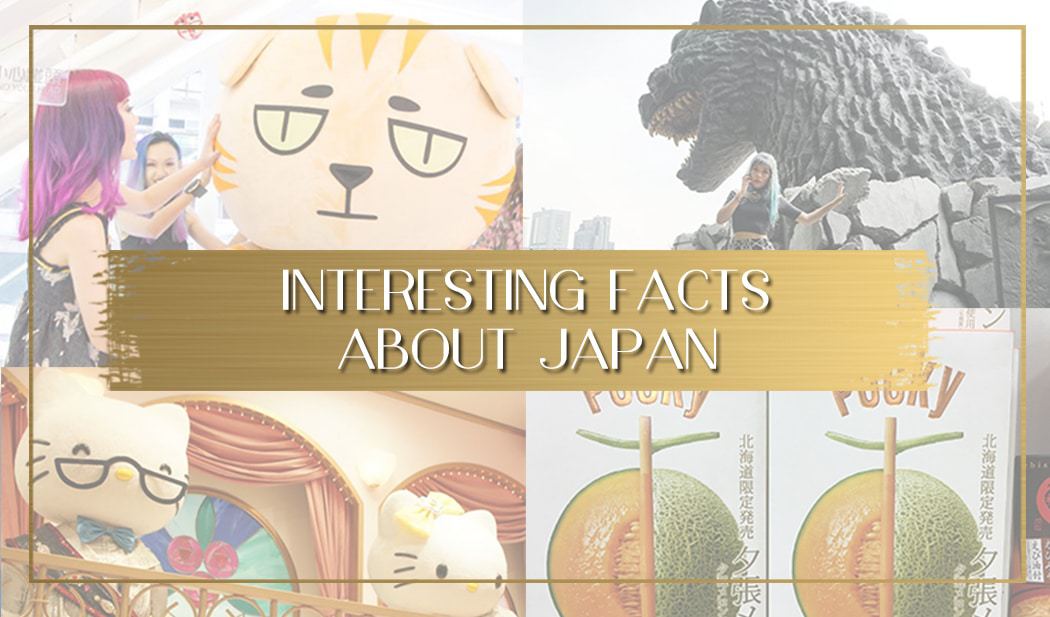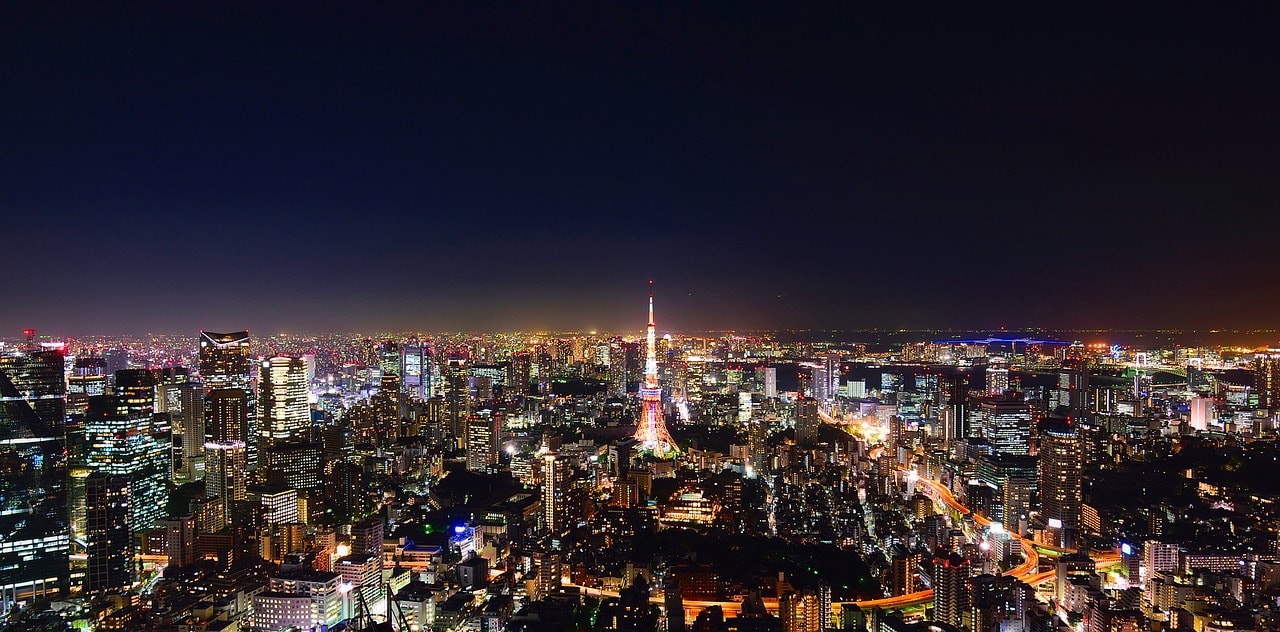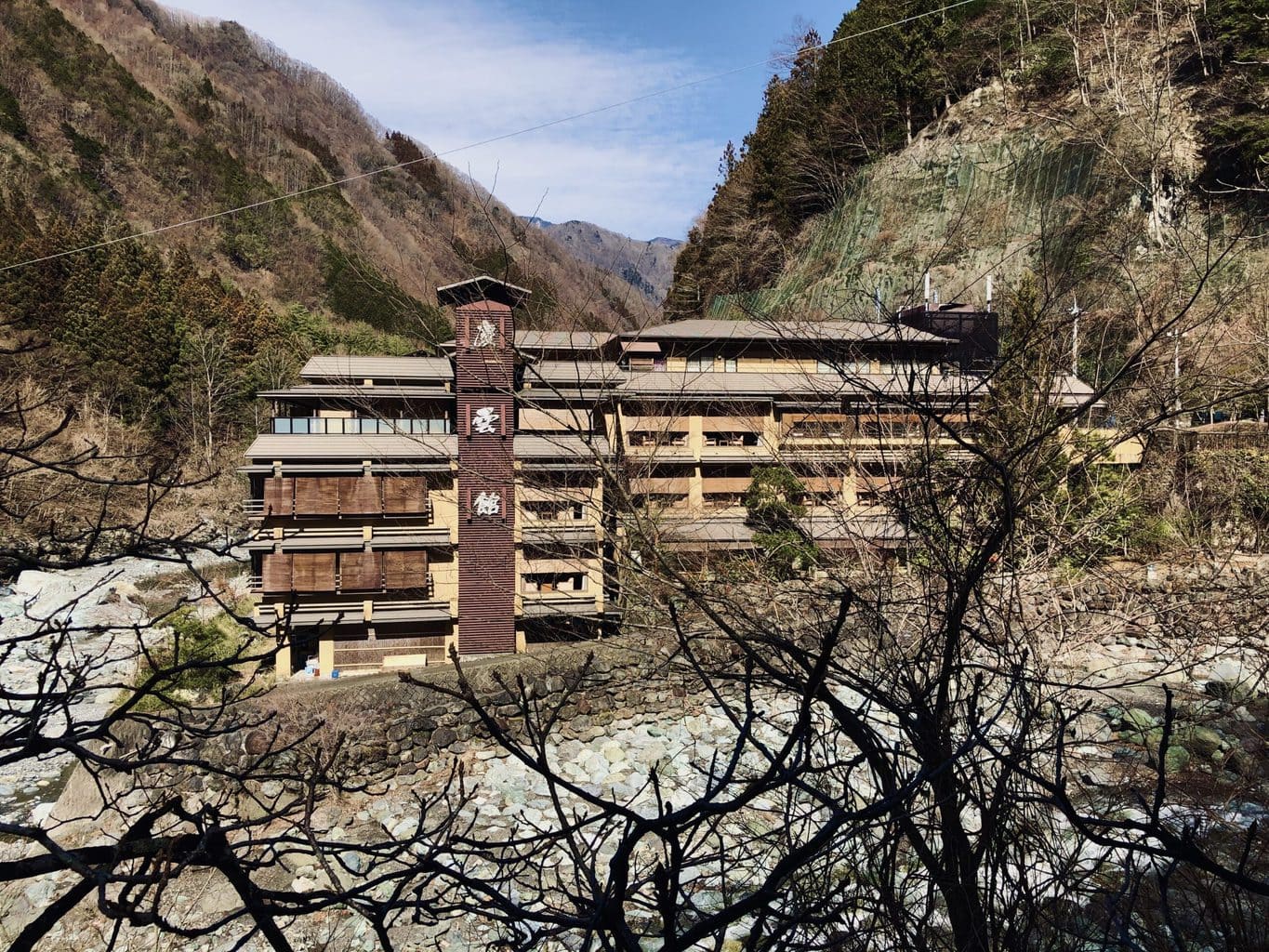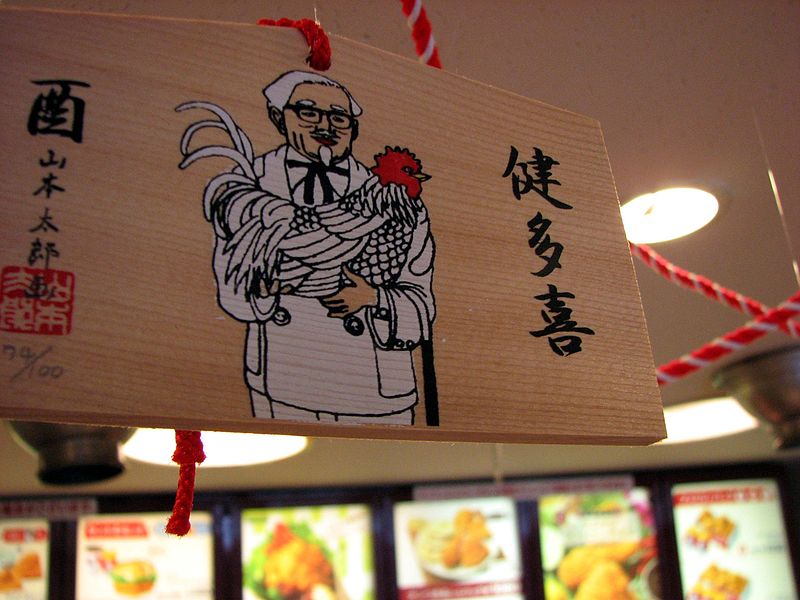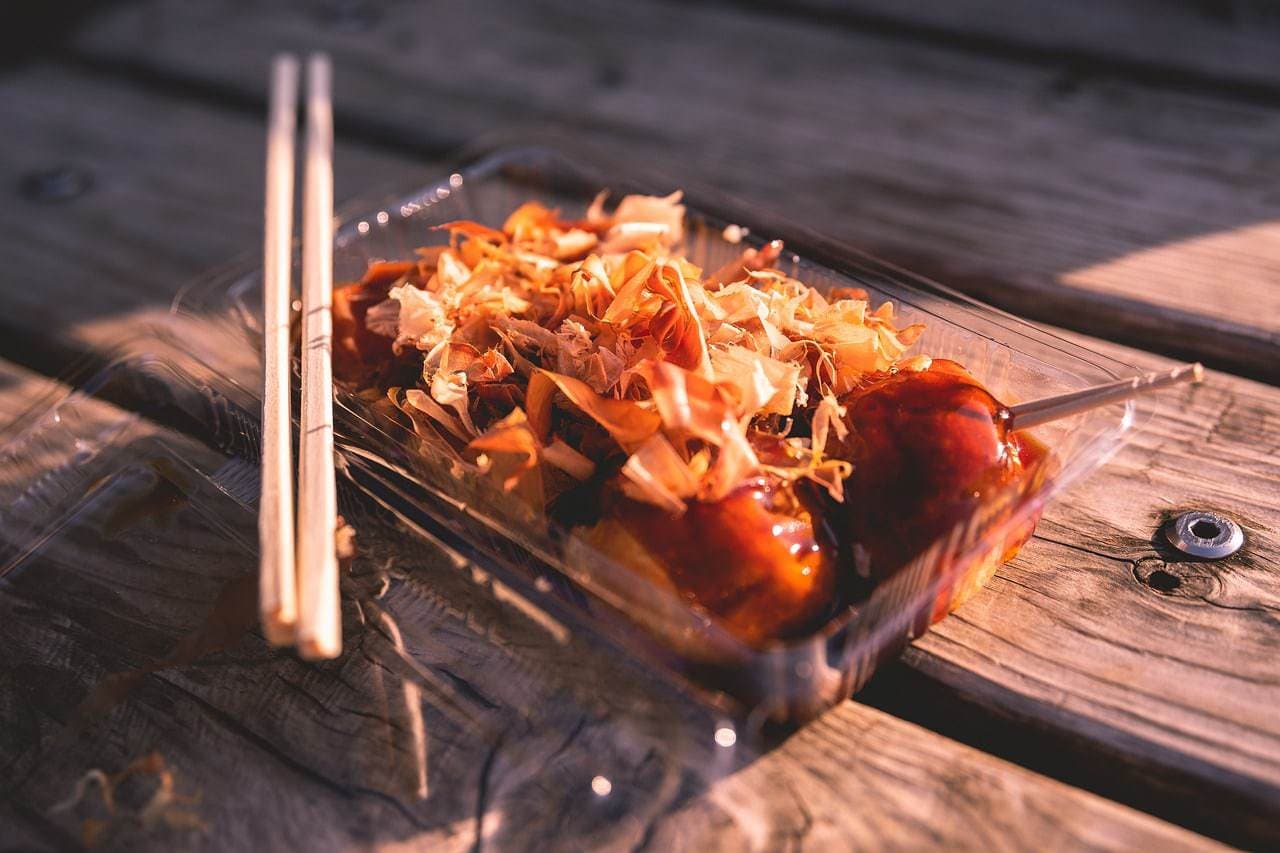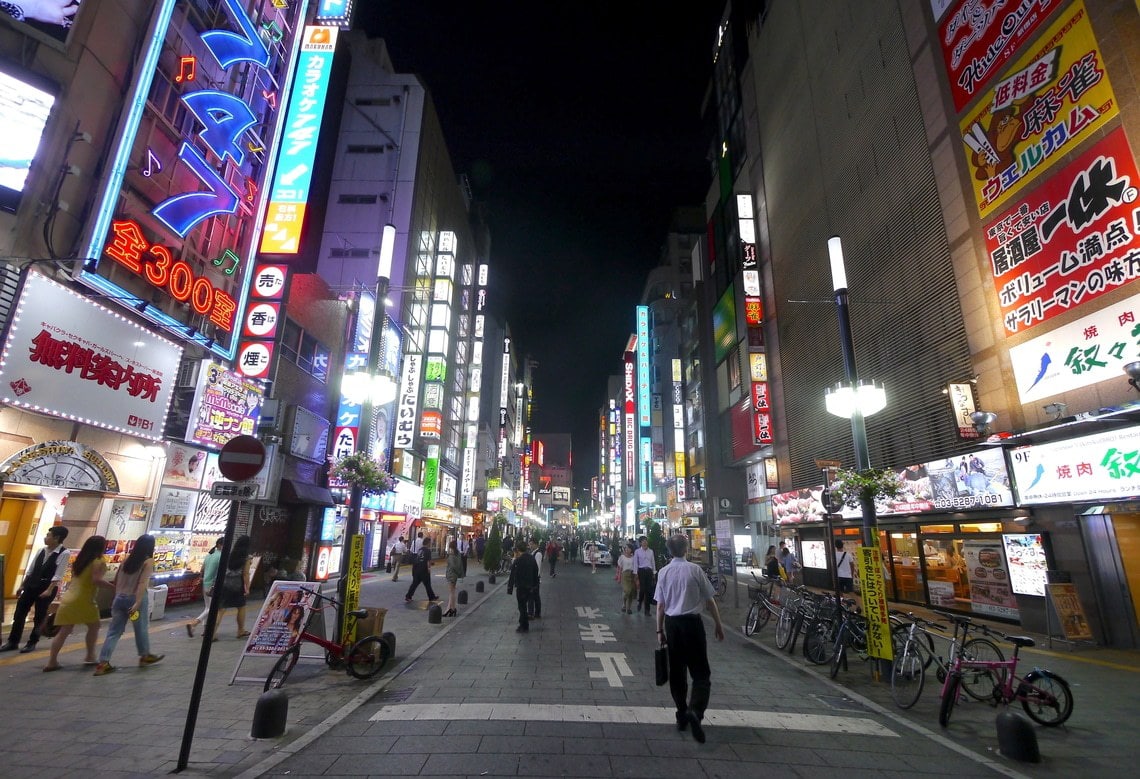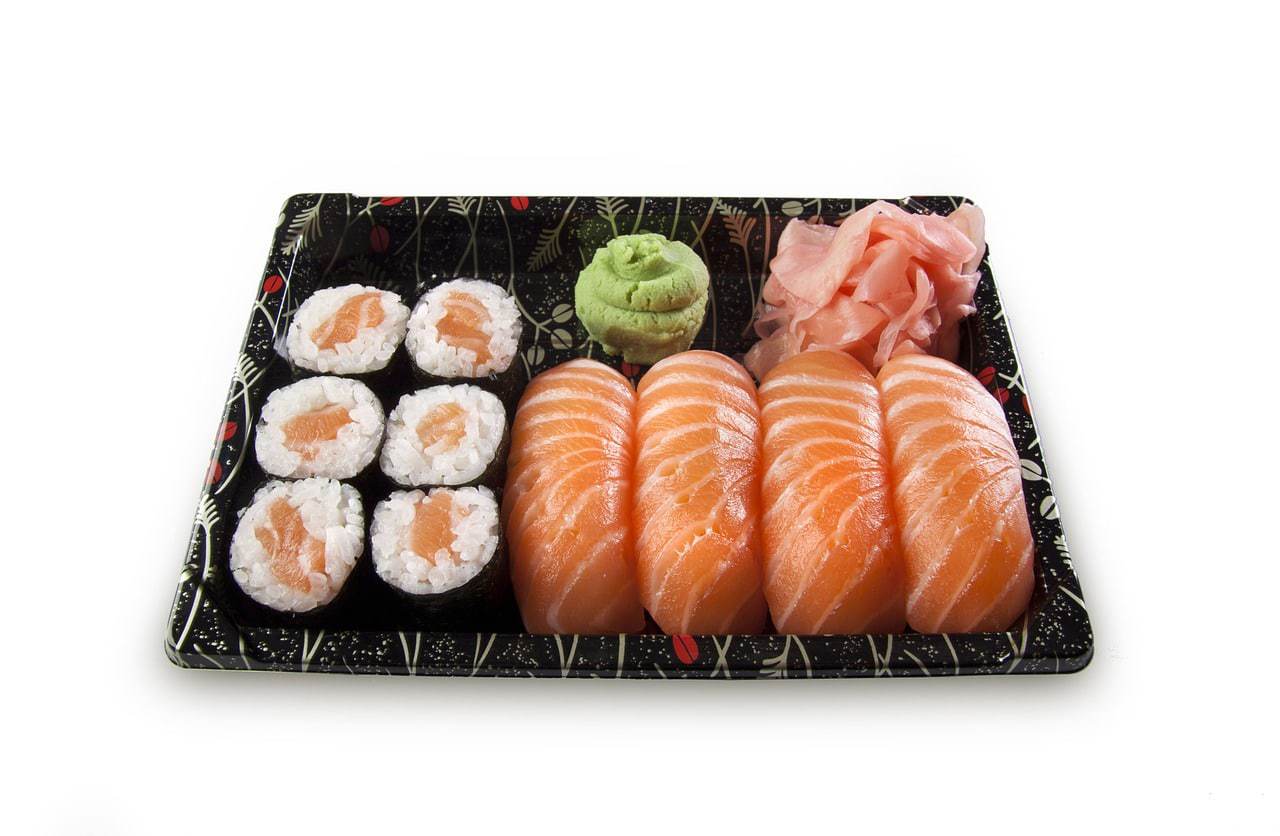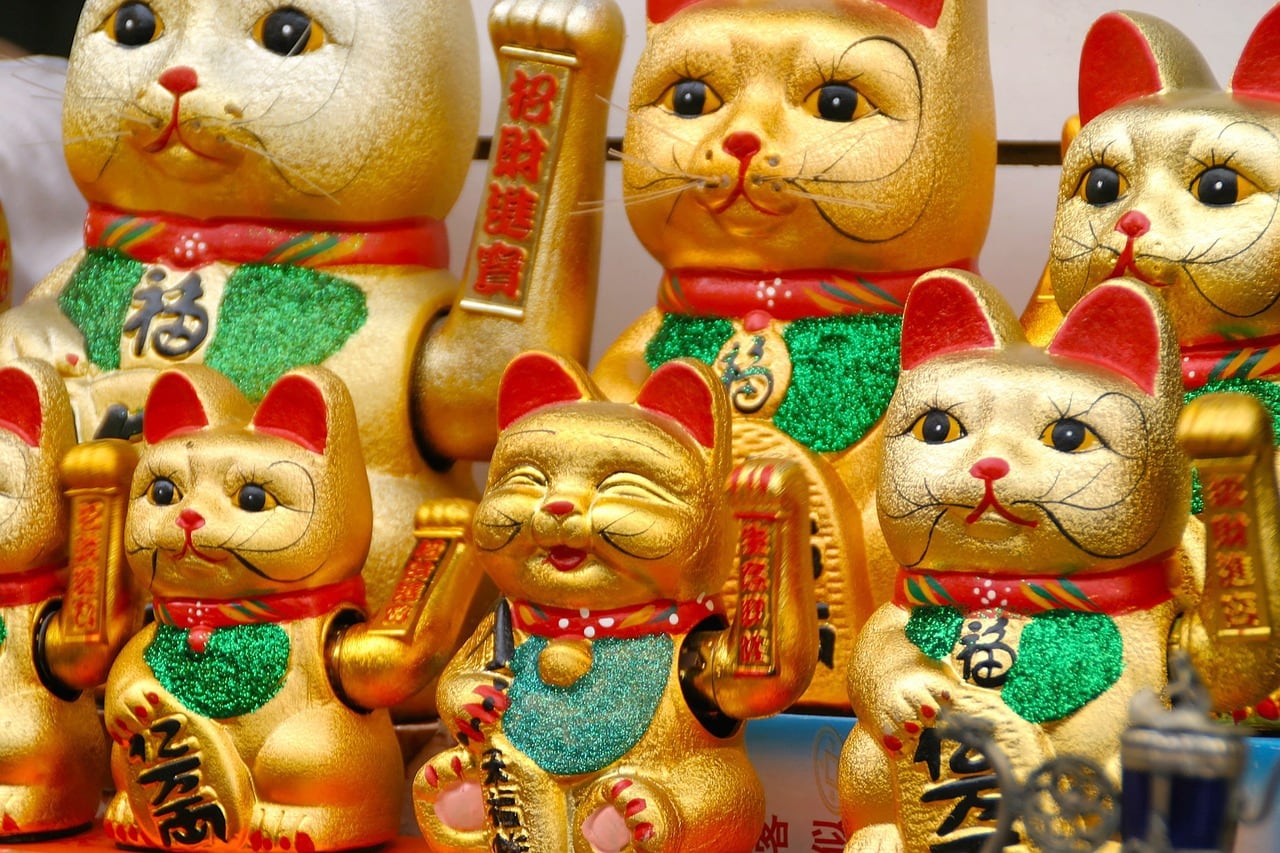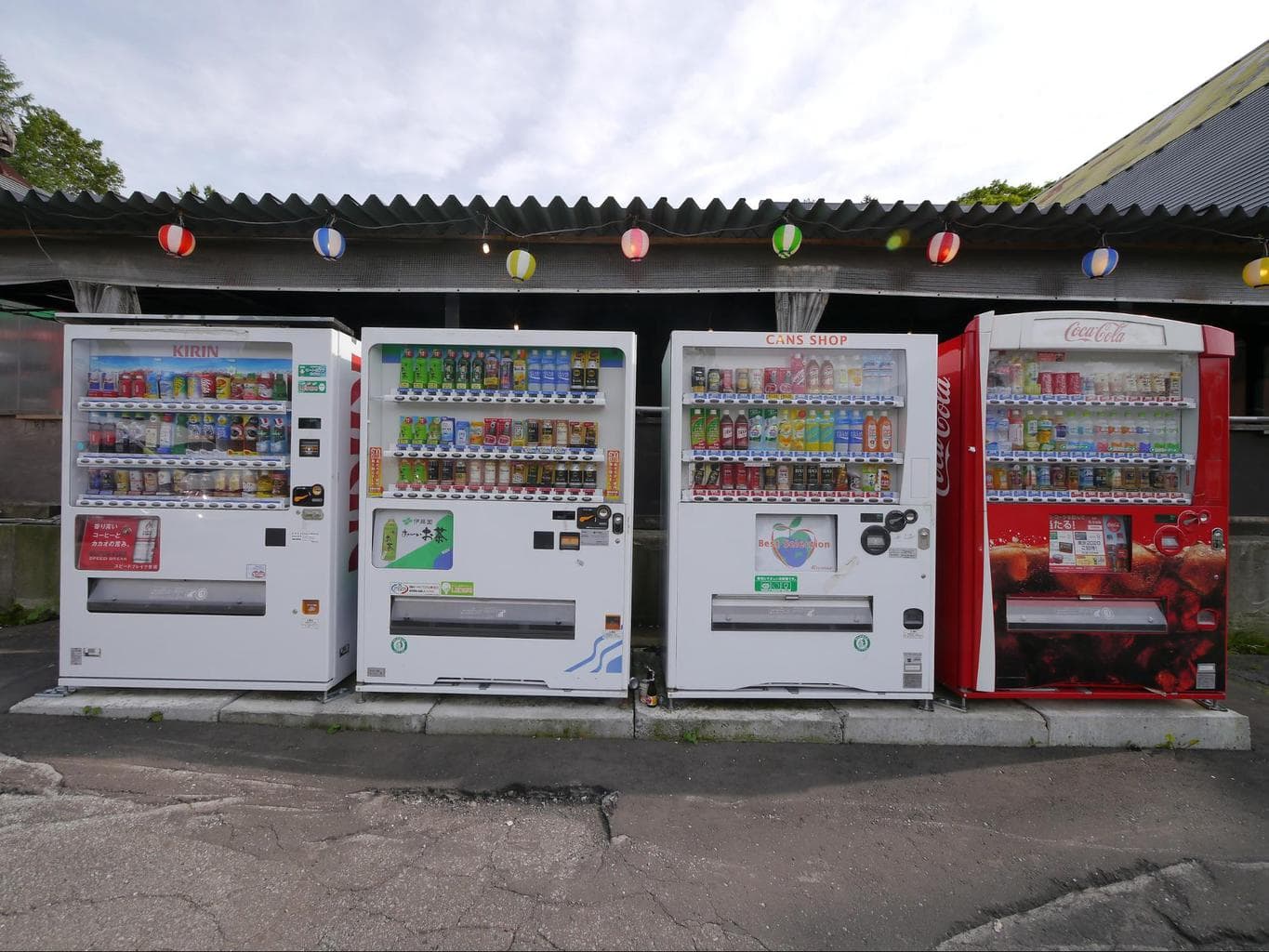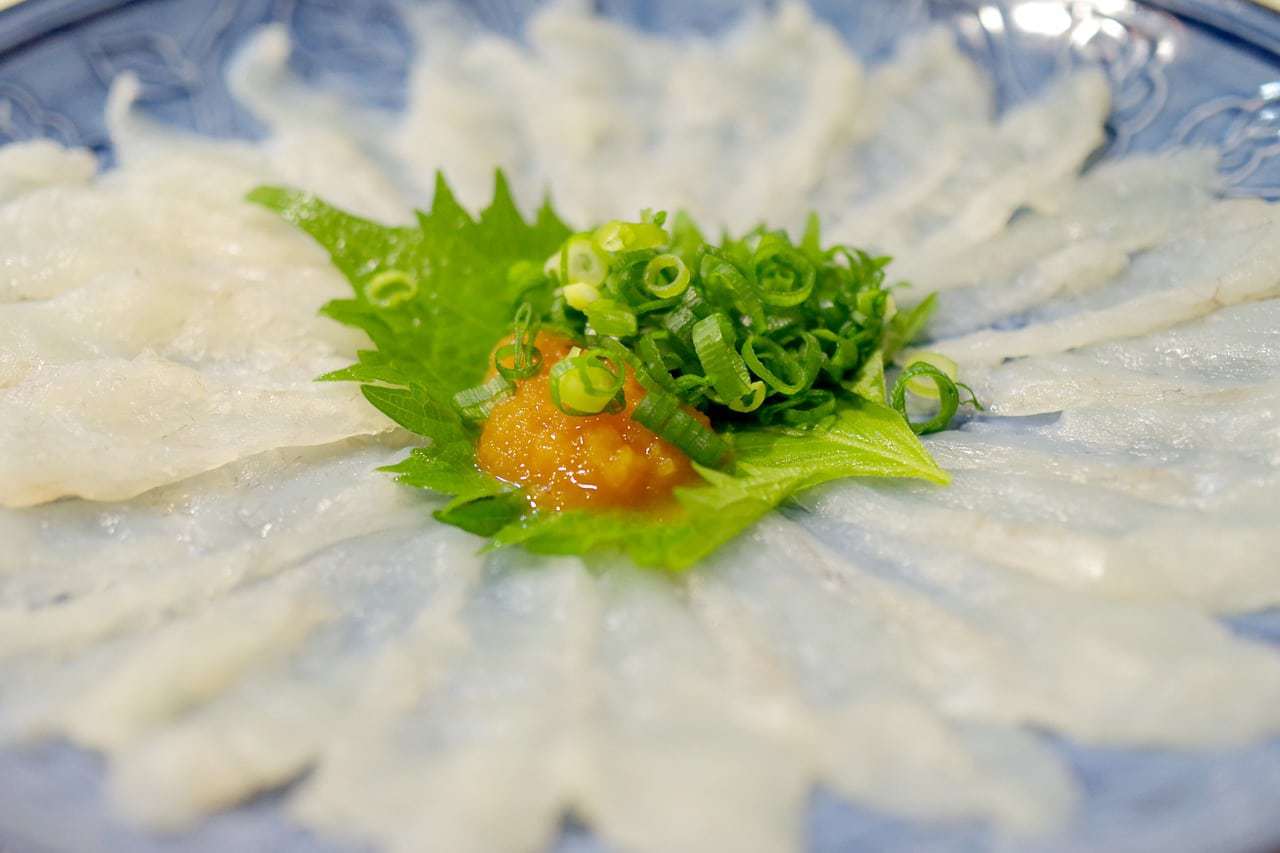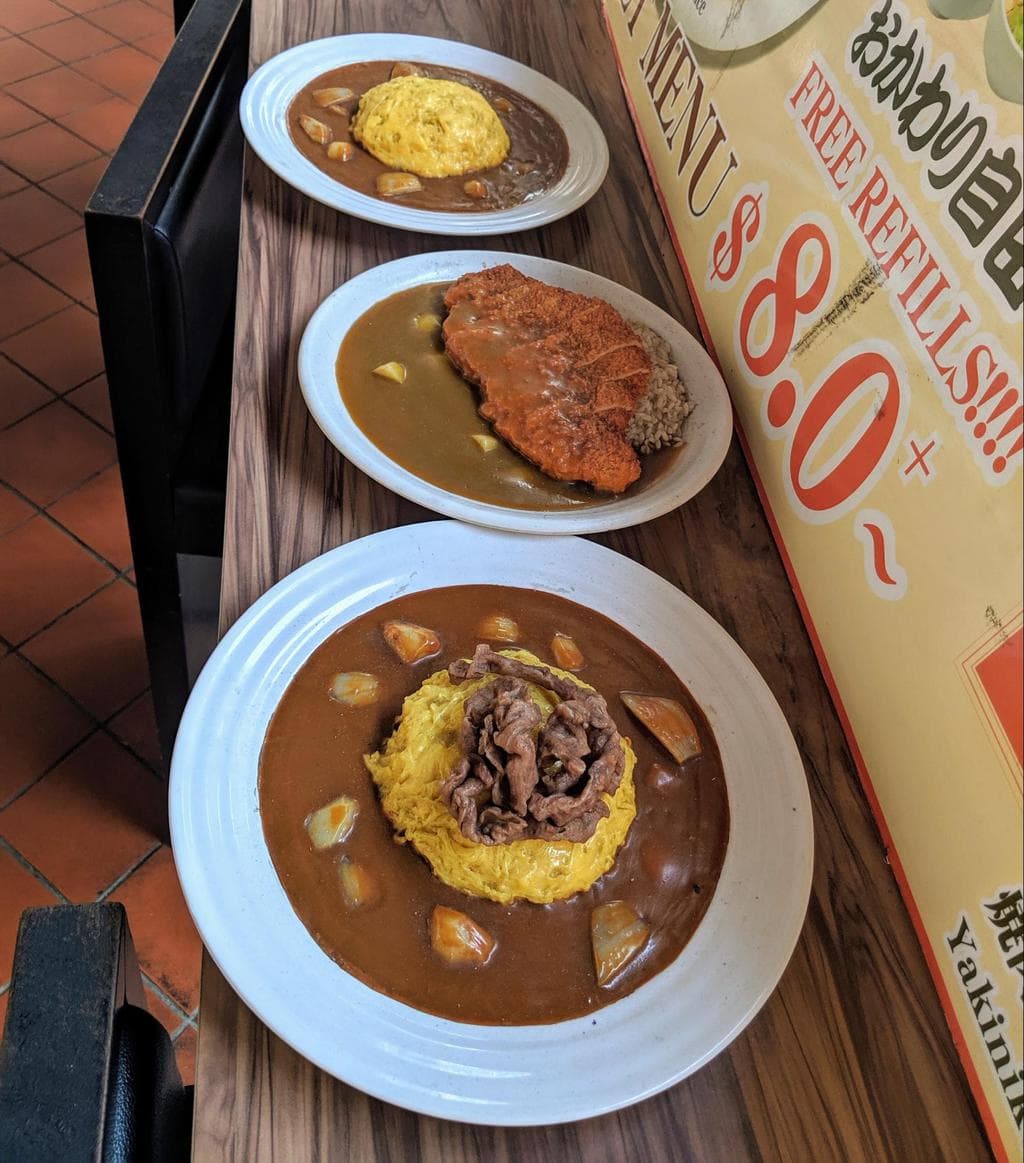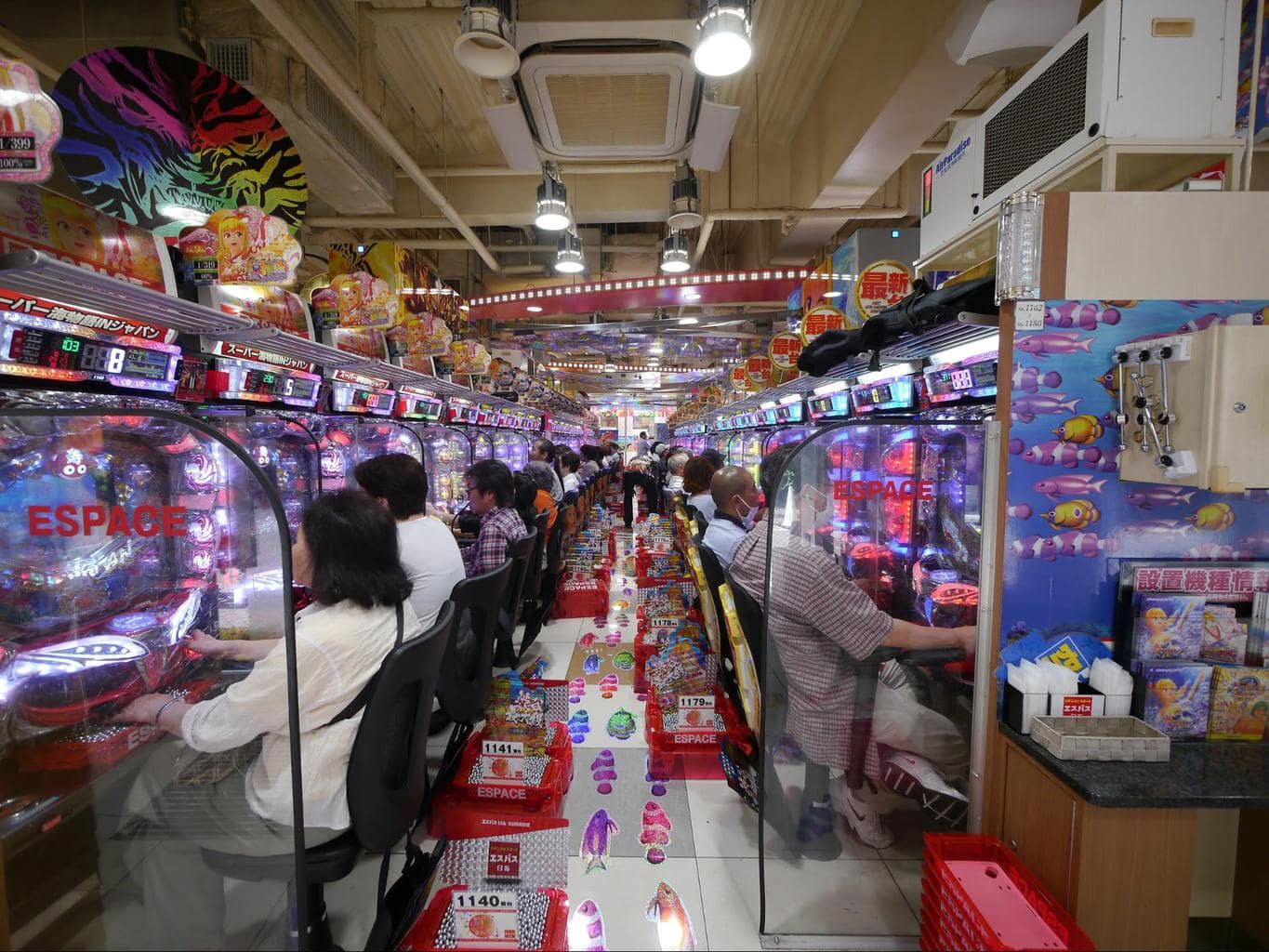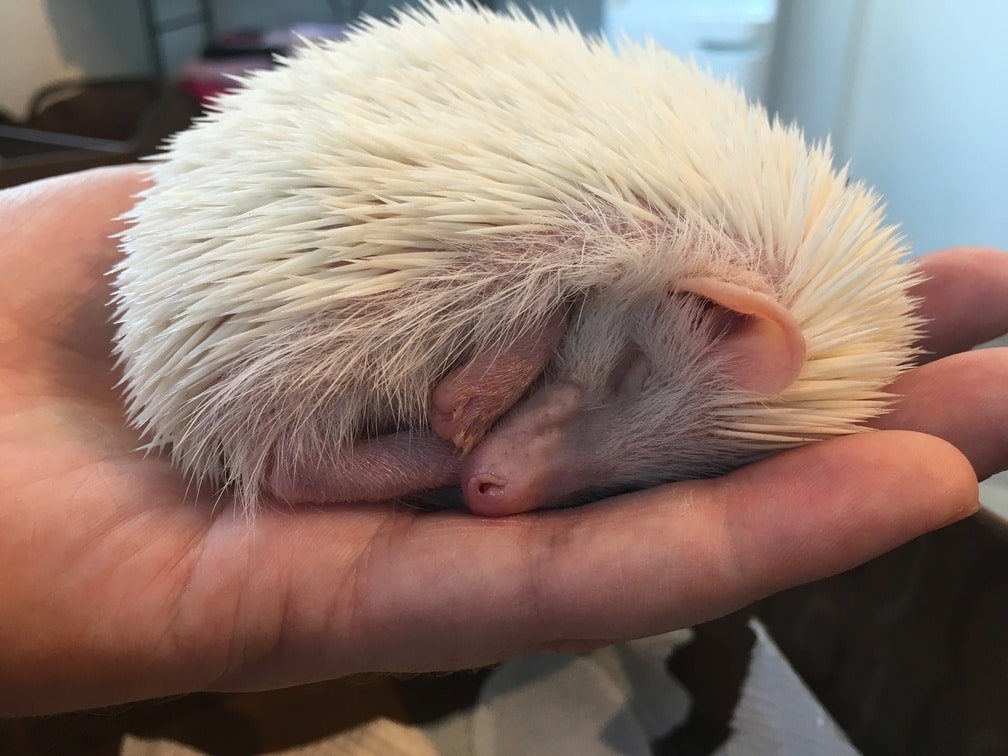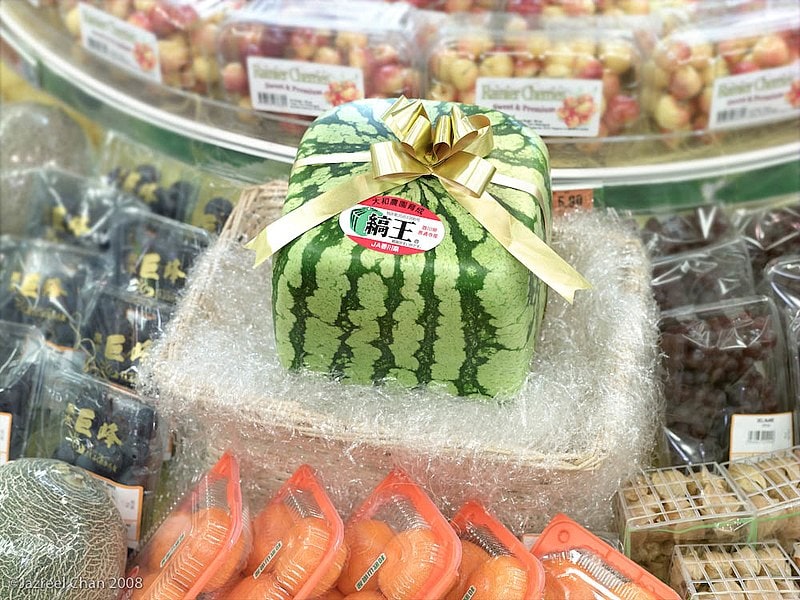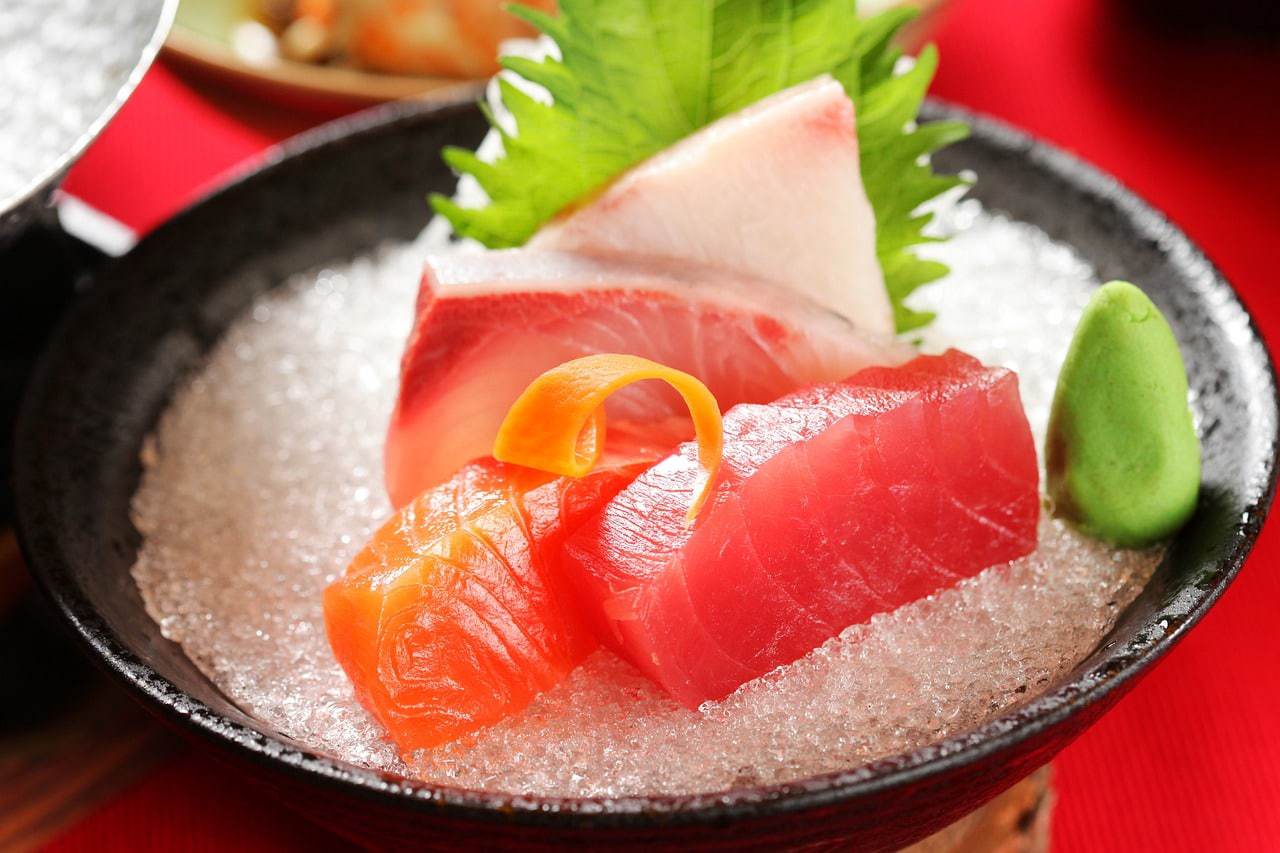This article was first published in August 2019 and was last updated in June 2020.
People around the world are fascinated by all things Japanese and tend to be quite surprised about all the fun Japan facts that make the country so unique.
Many of us are obsessed with the vibrant pop culture of Cool Japan, as exemplified by Super Mario, Godzilla, and Hello Kitty. Others are baffled by the local customs: why are there musical toilets, and creepy-cute mascots for everything? And let’s not even talk about the outstanding shopping or food.
As you might have guessed, there are plenty of fun and interesting facts about Japan, making the country an ideal destination for travelers to get “lost in translation”.
But why is Japan so special?
The country’s unique population contributes to its intrigue. There are 127 million residents in Japan, and over 13 million live in Tokyo alone, giving it one of the world’s highest population densities.
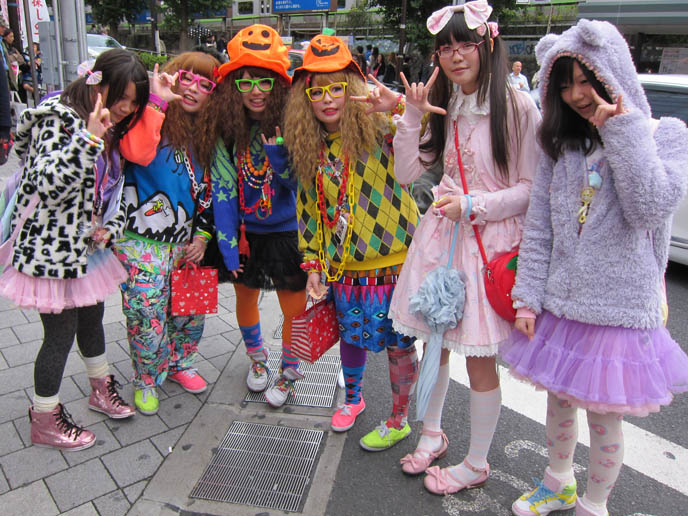
With so many people living together in close quarters, the Japanese have developed quirky customs that keep society running smoothly.
You might be surprised to see Harajuku girls wearing surgical masks to avoid passing on germs, and salarymen getting crammed into a subway car by workers in white gloves.
This is only the tip of the iceberg when it comes to interesting facts about Japan. When you’re traveling in Tokyo, you’ll surely run into befuddling contradictions.
For example, in the day time, workers wear business suits, queue in orderly lines, and bow politely to everyone (and even to inanimate objects).
At night, you may see these same people sprawled drunk in the streets, with their wallet exposed, possible with vomit around them. Or they might let loose at a fetish party, dressed in an anime doll costume and experimenting with body modifications.
If you’re keen to learn more cultural facts about Japan, read on. I’ve compiled a list of more than twenty of the most amusing oddities, from Pikachu parades to boyfriend pillows. Perhaps you’ll be inspired to book a trip to Japan and experience these oddities for yourself. For more check out my guide to the best things to do in Japan.
One of the most expensive capitals in the world
Tokyo is consistently ranked one of the most expensive cities in the world. On many years it headlines the list, although Singapore has been stealing the top spot for a while.
The miniscule living spaces reflect this high cost. In the capital city, the average size of an apartment hovers around 650 square feet (or 60 square meters).
However, this seems spacious compared to a Japanese capsule hotel, where each “room” is barely larger than the size of coffin.
Healthiest and longest living nation
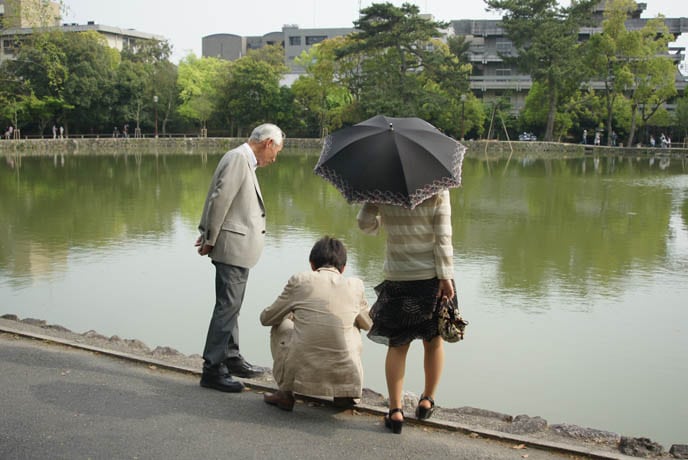
The Japanese have one of the world’s highest life expectancies, with the average person reaching the age of 84. Currently, the oldest person on the planet according to Guinness World Records is a Japanese lady and turned 117 years old in January 2020.
The country is also known as one of the healthiest in the world, in part due to their fresh and nutritious diet. Traditionally, locals subsist on seasonal fish, seaweed, vegetables, and fermented foods such as miso.
A country of superlatives
I mentioned Tokyo is one of the most expensive cities in the world and it is also one of the healthiest, with the highest life expectancies. But the superlative Japan facts don’t end here.
Tokyo’s metropolitan area is the world’s largest with 8 million people, so exploring the capital is a feat in itself. It is easy to get lost or to spend an hour to go from point A to point B.
The country’s economy is the third largest in the world after China and the US, despite decades of deflation and stagnant economic growth. It is also the world’s number one car manufacturer, with exports all around the world.
If you have traveled to the most remote and rough parts of the African continent (Somaliland, Djibouti, Sudan, Mauritania), you will know that a Toyota is reliable and will survive anything.
Aging and shrinking population
Despite the long life expectancy, Japan also has reached the lowest birth rate since 1899, the year they started recording these numbers. Because deaths outnumber births, the population is projected to shrink by one third to 88 million, by the year 2065.
With phenomenon like love dolls, cuddle cafes, and rent-a-families, you can understand why many youths are forgoing traditional relationships, spurring local governments to launch dating services (more on that below).
It does not help that the country receives minimal to no immigration. Less than 2% of the population are immigrants, and Japan has preserved an almost 100% native population.
The above brings me to many additional unique facts about Japan. There are more adult nappies sold in Japan than baby ones since there are more elderly than young, and there are more male adult adoptions than baby ones.
Japan has the world’s oldest hotel
This is a fact about Japan that has always fascinated me – there are several businesses that have been in operation for years, decades, even centuries. One of these is the world’s oldest hotel.
Nishiyama Onsen Keiunkan is a hot spring hotel that has been in operation for 1,300 years, staying in the same family for 52 generations. It holds the Guinness World Record for this.
Interestingly, the second oldest hotel (Hōshi Ryokan) is also in Japan, and is of a similar age. To date, these accommodations have been run by the Hoshi family for 46 generations.
KFC on Christmas Eve
The Japanese are known as foodies, and Tokyo is the city with the world’s largest number of Michelin stars. As such, your jaw may drop open when you see the long lineups outside KFC restaurants any day of the year, but especially on December 24th.
Why do the Japanese eat Kentucky Fried Chicken on Christmas Eve?
Since most Japanese do not consider Christmas to be a religious holiday, they are open to celebrating it in unconventional ways. In the 1970s, a marketing campaign encouraged locals to eat “Kentucky for Christmas”.
This slogan was so successful that KFC remains the Japanese go-to for Christmas dinner. Some people reserve their “party bucket” of chicken up to a month in advance, to make sure they don’t go home empty.
KFC also releases “only in Japan” menu options, such as a spicy Mexican chicken covered with corn flakes, to keep people coming back to Colonel Sanders for more.
High risk of unexpected cultural faux-pas
Japan is known as the world’s most polite society. While most of the etiquette is common sense, like not cutting in line or speaking too loudly in public, there are some that are unique to Japan.
If you aren’t aware of these cultural curiosities, you might end up unintentionally committing a faux-pas.
You might think it’s no big deal to be running a few minutes late, especially if it’s a casual meet-up with a friend. On the contrary, being late is a huge no-no in Japan. The trains run at precise times, so you can’t blame transit for your tardiness. Make your best effort to arrive somewhere at least ten minutes early, especially if you’re heading to a business meeting.
Keep in mind it’s a no-no to eat, drink, or talk on a cell phone in the subway. With so many passengers packed like sardines, it makes sense that you’d want to avoid spilling food on your neighbor.
On the subway, it’s acceptable to text or play games quietly, so you’ll see people engrossed with their phones. Others read novels covered in brown paper, which keep looky-loos from identifying the titles and reading over their shoulders.
Eating at the same time as walking is also frowned upon, so if you got an onigiri from the convenience store, munch it at the counter or outside before continuing your stroll. Fortunately, ice cream and food from festival stalls are the exceptions to the rule.
When it comes to chopsticks, there are multiple dos and don’ts. It’s not polite to stick a chopstick into something to pick it up, like a skewer. You should also use the serving chopsticks to take food from shared plates, instead of using your own to pass items.
Finally, don’t rest your chopsticks on your plate or bowl, and definitely refrain from sticking them vertically into a bowl of rice (this looks too much like a funeral offering). Instead, lay them back on the provided chopstick rest.
If you’re about to sneeze, hold it in. Blowing your nose in public is considered a taboo, and sniffling is preferable to making a big honking noise. Dab at your nose with tissues (Japan often passes out tissue packages as promotional items), or find a private area such as a restroom to blow your nose.
Remember, if you have a cold or other airborne illness, you’re expected to wear a surgical mask to prevent spreading your germs.
The country has almost no theft
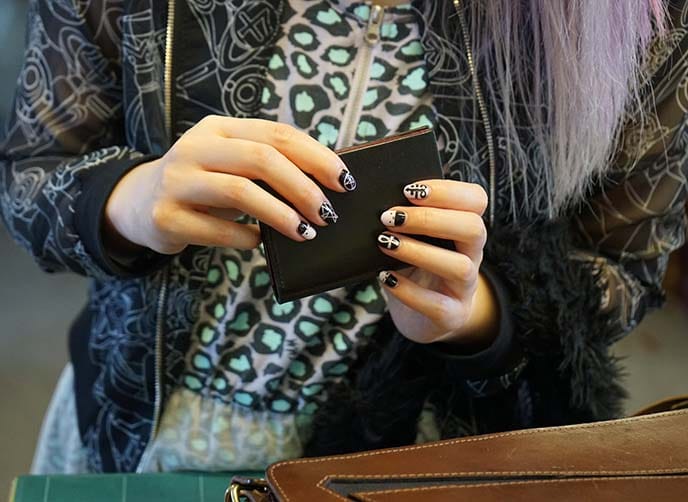
Most of us have it hammered into us that we should never leave our belongings unattended, especially in public places.
This makes it quite the shock to walk into a busy Japanese cafe, and see expensive bags and laptops lying on the tables, while their owners are away ordering food or visiting the restrooms.
Then, in the subways, you might see people with their backpacks wide open, exposing their phones and wallets. And yet, nobody is afraid of pickpockets.
How can this be?
One of the most interesting facts about Japan is that there is barely any crime there, especially theft. In 2017, crime hit a record low with only 915,111 recorded cases in all of Japan. In particular, incidences of thievery continued to drop sharply each year. Japanese feel safest about their country, after Singaporeans.
There are a few factors that help explain this curious phenomenon.
First, Japan has a robust police force: you’ll see “koban” police boxes everywhere, which allows easy contact with the force. Punishments are relatively harsh for something like failing to turn in a wallet that you pick up, giving locals the incentive to do the right thing.
Japanese culture also tends to favor the collective good and encourage respect for justice, which is why looting is rare here. Finally, there’s the ironic fact that Japan’s crime syndicate, or Yakuza (the Japanese version of Sicily’s Mafia), helps to maintain order in the streets and deter theft.
No matter where you travel, it’s important to stay aware and not let down your guard. However, if you accidentally lose your wallet in Japan, you probably don’t need to stress too much because in all likelihood, someone will return it to the cashier, or bring it to the nearest police station.
Some of my friends have lost their wallets multiple times, only to have it turn up days later at the “koban” with every single yen and credit card still inside.
Japan has a penis festival
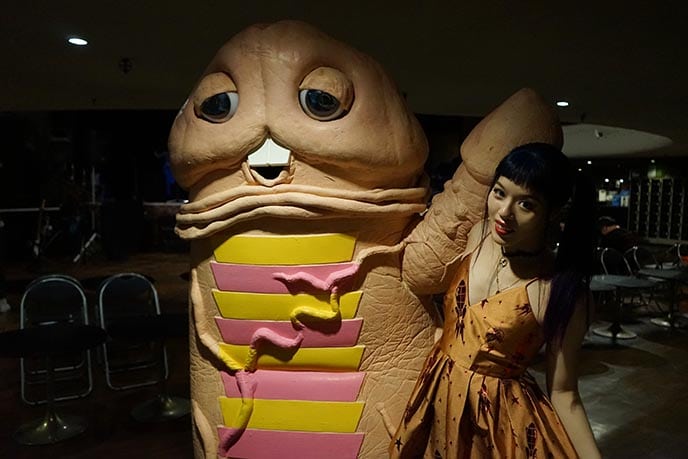
If you think Japan is a formal and conservative society, then you should go to Kawasaki’s Kanayama Shrine on the first Sunday in April. You’ll be flabbergasted to see penises of all sizes, popping up everywhere you look.
Marvel at themed hats, rubber costumes, lollipops on a stick, etc. Welcome to Kanamara Matsuri, the “festival of the steel phallus.”
But how did it all start?
In the 17th century, prostitutes began visiting the Shinto Kanayama Shrine to pray for protection against sexually transmitted diseases. Women also came here in the hopes of boosting their fertility.
The shrine became linked with a legend of a demon that hid in a woman’s privates, and bit her poor lovers. A local blacksmith created a steel phallus to help her out. When the demon chomped down on it, he broke all his teeth and lost his power. And so, the penis festival arose.
Today, Kanamara Matsuri is a raucous celebration that raises awareness and funds for safe sex. Watch as celebrants carry mikoshi, or portable Shinto shrines, decorated with giant penises. Pick up silly merchandise, snap photos of the wild costumes, and cheer on the peen parade.
Some Japanese bow to cars and trains
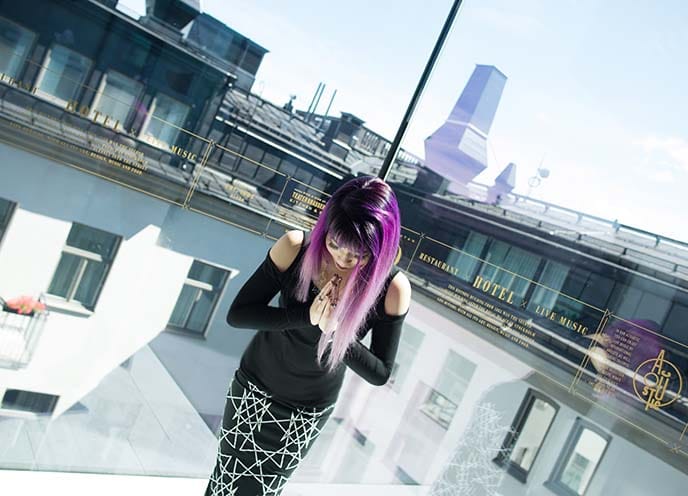
Bowing is an integral part of Japanese culture. People bow to say hello and goodbye, as well as to show gratitude or deference.
In Japan, men bow with their arms at their sides, while women place their hands and arms at the front. The degree of the bow also matters: a 45-degree dip conveys far more appreciation than a little nod.
Larry David’s Curb Your Enthusiasm illustrated this in a funny episode, where he felt a Japanese man’s bow was not sufficiently low to constitute an apology.
The bow, or ojigi, originated in the Kamakura era (1185–1333) among the samurai class. In time, the warrior etiquette became widespread.
Today, the bow is part of everyday interactions; you’ll see locals bowing to each other in all types of contexts. However, did you know that some Japanese even bow to trains and cars?
The residents of Iwate Prefecture have taken politeness to the next level, and created a bizarre custom of bending their bodies to automobiles. When vehicles stop at a walkway, Iwate pedestrians will bow to them as they cross the street. They’ll even bow to cars that they see stopped at a red light.
This strange practice apparently encourages a sense of community, as pedestrians are thanking the drivers for driving safely and stopping for them.
In addition, all over Japan, you might notice train station workers bowing to the bullet trains. The “shinkansen” are a mighty force to behold, and can reach speeds of 200 miles per hour (320 km/h).
Even if the cars are empty, the cleaning crew will genuflect reverently to the powerful bullet train, every time it enters and exits the station.
Perhaps you too can join the tradition, and bow to the behemoth as it comes rushing down the tracks. You can book a bullet train package from Tokyo to Osaka or Kyoto here.
Japan has cute and creepy mascots for everything
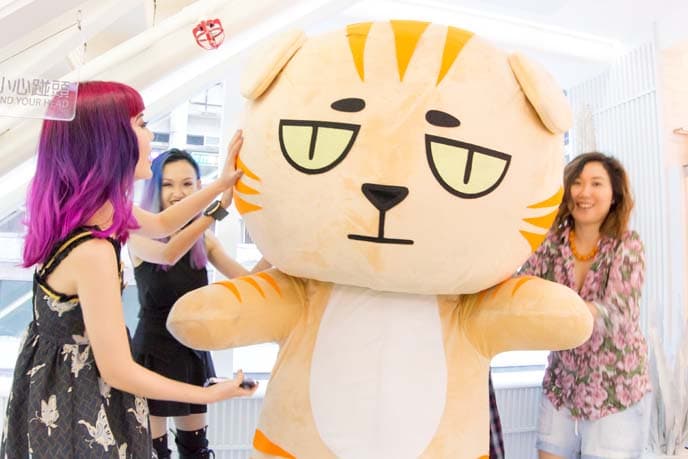
“Kawaii” cute characters like Hello Kitty and Totoro are well-known around the world. However, they’re not the only doe-eyed, huggable figures around.
Japan has hundreds of “yura-chara,” or mascots that represent businesses, events, cities, prefectures, and more. These mascots aim to be adorable, but sometimes, the designs unintentionally swing to the scary side.
When you walk around a Japanese city, you’ll notice cutie-faced critters on every type of storefront. Even serious organizations have “yura-chara”: for instance, the police are represented by Pipo-kun, a demented orange mouse with an antenna protruding from his head.
Most of Japan’s major cities and prefectures have mascots, which incorporate local elements into the design. Nara is famous for its Buddhist temple and roaming deer, so their figurehead, Sento-kun, is a bizarre-looking bodhisattva with deer horns.
Some mascots, like Kumamoto’s Kumamon black bear, have become so popular that their merchandise is sold worldwide.
Many companies make “kigurumi” (life-sized costumes) so that their characters can appear at events. In the process, the design sometimes morphs from charming to creepy.
Take, for instance, the Japan Sunwolves rugby team’s mascot costume: the furry-faced and dagger-toothed wolf looks like something straight out of a horror movie, especially when he’s dancing in the aisles.
Every year, over a hundred yura-chara gather at the Gotouchi Character Festival in Sumida. Visitors can take photos with every type of mascot imaginable. Hug a bird shaped like a bowling pin, or pose with a creature with green onions sticking out of his head.
But if you see an otter with a turtle on his head, run: Chiitan is such a trouble-maker that the city of Susaki disowned him as their mascot! John Oliver even did a segment on the mischievous Chiitan on his show Last Week Tonight which you can watch here.
It’s common to see businessmen passed out drunk
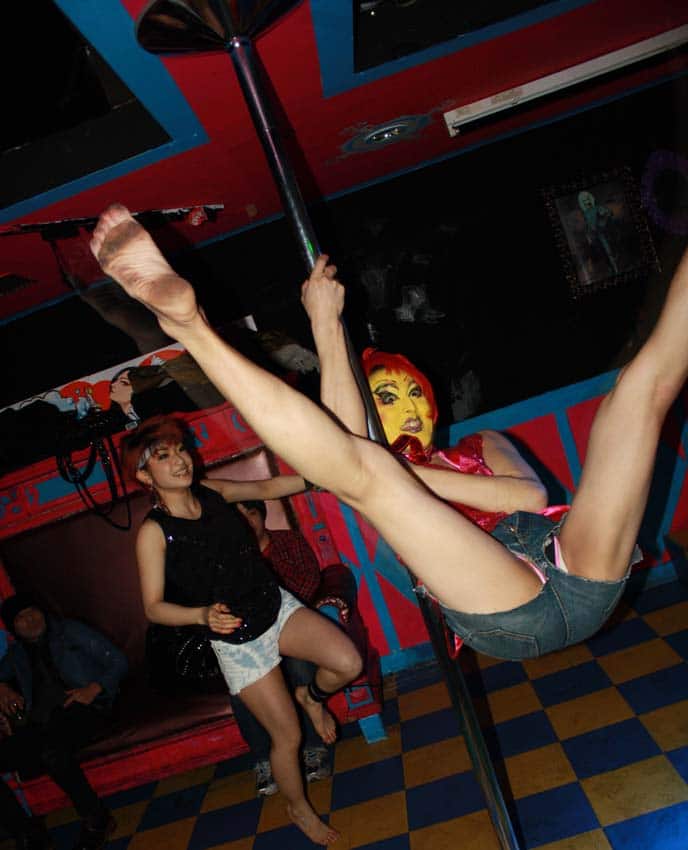
One of the most interesting facts about Japan is the country’s duality towards many aspects.
Walk around Tokyo’s Shibuya district during the day, and everything appears to be in clockwork order. The “salarymen” and women are impeccably dressed, and navigate the cramped subways and “scramble” crossing with polite precision.
However, if you return to this district on a Friday or Saturday night, the scene is quite the opposite and veers towards chaos.
The same businesspeople are now stumbling around the streets, ties loosened and hair askew. Some are crouched in the corner, vomiting. Others are flat drunk and snoring on the sidewalk, with their suitcase lying next to them (but as you saw from the first fun fact about Japan, there are rarely any wrongdoings here, so nobody will harm them or take their belongings.)
You’ll spot boozed-out workers in business districts all over Japan, but Shibuya is especially known for this phenomenon.
The Twitter account @ShibuyaMeltd0wn chronicles the craziness that descends after dark. One video shows a salaryman nodding off while leaning on a subway door, and falling out with an “eep!” when it slides open.
Another shows someone in a suit sleeping in a fetal position, while people step over him. I chuckled at the one of a man bent over and snoring, on the conveyor belt of a moving walkway.
What’s the reason behind this literal day and night change?
Japan has some of the longest working hours in the world, and almost a quarter of companies require more than 80 hours of unpaid overtime a month. There’s even a term for death by overwork, “karoshi,” which kills thousands of people per year.
Some of these workers get smashed out of their minds because they want to let loose after a long, stressful day. Many are already fatigued and undernourished, so the alcohol hits them hard.
Other times, the businesspeople are intoxicated because they went to a work drinking party, where this behaviour is not only acceptable, but encouraged.
Japan has an unusual business culture of “nomikai,” or drinking parties that employees are expected to attend. Nomikai usually take place at izakaya pubs, and the alcohol flows on the company’s dime.
While nobody is pressured to drink, workers of all ranks are welcome to indulge as much as they’d like, to the point of total inebriation. Almost anything said and done during this event is ignored the next day at work, so one can scream heavy metal songs and speak freely without fear of repercussion, as Aggretsuko and her boss did in the anime.
Tattoos are taboo, but you can get a “bagelhead”
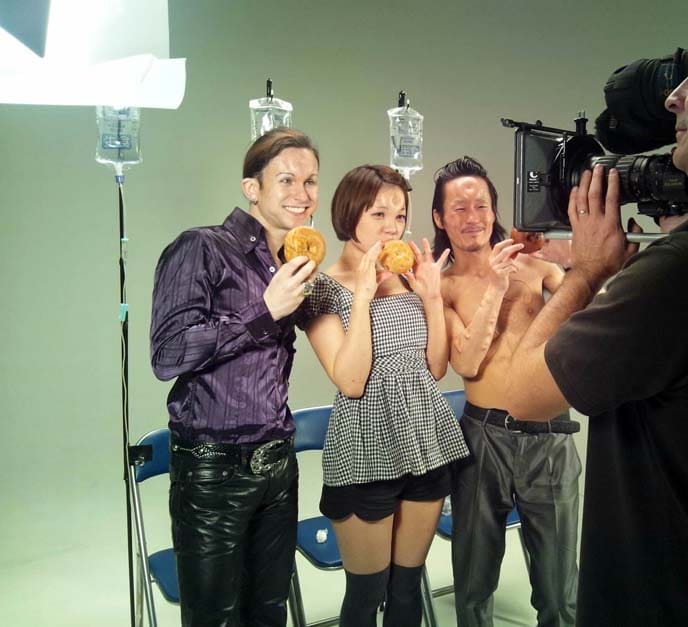
When travelers visit an onsen (hot springs) or swimming pool, they may be surprised to see giant signs that say “No Tattoos”.
In Japan, tattoos carry a stigma, and anyone who sports one isn’t allowed into public bathhouses and pools. A handful of onsen welcome people with ink, or you can cover a small one with a bandage to avoid detection. However, for the most part, this remains an interesting fact about Japan that you should be aware of if you have any.
This unusual stigma goes back centuries.
Criminals were forcibly tattooed as punishment, and so that anyone could easily single them out. Hiroshima doled out a particularly embarrassing tattoo.
A criminal received a line across his forehead for the first offense, a curved vertical line for the second, and a diagonal line and dot for the third – spelling out “dog” in Kanji.
Tattoos are also associated with the yakuza, or Japanese crime syndicate that arose in the Edo era (1603-1868). Members of the gang became known for sporting full-body stick and poke tattoos, called irezumi, which showed off their tolerance for pain and warned citizens not to mess with them.
After the Meiji restoration of the mid 19th century, tattoos were completely banned. To this day, tattooing remains a legal grey area, and its link to criminals remains strong. Even temporary tattoos are forbidden in a public pool, as the sight of one may scare away clients.
If you’re intrigued by the relaxing onsen, you can book an experience here.
Since permanent ink can be problematic in Japanese society, some creative minds have developed extreme yet temporary body modifications.
These “body mods” let you express yourself and enjoy the pleasure of pain without leaving behind a trace the next day. Keroppy Maeda and his team are the masterminds behind the “bagelhead”, which involves putting a saline drip into your forehead.
The skin bulges out into a disc, which they press in the middle to create a bagel shape. Since the body absorbs saline, the bagelhead disappears by the next morning, letting you rock a crazy look at a party, and then go back to work appearing perfectly normal.
Other extreme temporary body modifications include “play piercings” that create patterns in the skin, such as rows of needles in the shape of a swirl. Some put piercings through their backs and attach the ends to feathers, to create the appearance of angel wings.
A few will go as far as sewing their lips or eyelids together, with needle and thread! They’ll stay sewn shut for a few hours, and then cut away the stitching, leaving only pin prick marks behind.
The night is young
Tokyo, Osaka and other Japanese metropolises are known as cities that never sleep. Convenience stores are open 24/7, and the neon signs flicker all night long. You might expect that you can hang out at a bar until 2am and then grab a subway home, like you could in New York City.
However, one of the many unexpected facts about Japan is that the train and bus system shuts down between approximately midnight and 5am.
Another truth: taxi rates and last-minute hotels are very expensive, especially if you’re staying far from where you were partying. If you missed the last train and are stranded overnight, what can you do?
Fret not, there are lots of things you can do in Tokyo (and other Japanese cities) at night, fun and safe ones that don’t necessarily involve partying and this is one of the most fascinating facts about Japan.
If you aren’t claustrophobic and want to just have some rest, you can crash in a capsule hotel. These pods are hardly larger than a coffin, and are stacked on top of each other in rows. You get a basic futon and a TV attached to the ceiling, and bathrooms are shared.
A night in a capsule is only 3,000-5,000 yen ($30-50 USD), letting you catch some winks before the train stations reopen. However, bear in mind that many capsule hotels are for men only. You can book a capsule hotel such as Nine Hours Shinjuku North.
Alternatively, do as locals do and spend the night in an internet cafe. These establishments are a bit like airport lounges: you can take a shower and crash on a couch or floor, or pass the time by reading manga from the shelves. An internet cafe charges about 2,000-3,000 yen for a 9 to 12 hour stay.
If your with friends who want to keep on partying, why not sing overnight in a karaoke parlor?
You’ll get a spacious room with a wrap-around couch, a TV, and two microphones. Order drinks and snacks from the phone, and belt along to anime songs. When you grow tired, you can nod off on the comfy seats. A karaoke parlor offers “free time” for around 1,500-2,500 yen ($15-25 USD) per person, between 11pm and 5am.
Of course, to avoid getting stuck overnight, you should check train routes and timetables in advance on HyperDia.
The major districts, like Shinjuku and Shibuya, tend to have subways that leave later, such as around 1am. The trains run with Japanese precision, so be sure to allow enough time to make it to the platform for the final departure.
The Japanese didn’t eat salmon sushi until the 1980s
Salmon sushi is ubiquitous all throughout Japan. The juicy pink fish slices are found on every conveyer belt and supermarket shelf. So it may shock you to discover that the Japanese did not eat raw salmon until the Norwegians convinced them to try it, in the 1980s.
That’s right, one of the most surprising facts about Japan is that what is today the most commonly available sushi type was not even eaten three decades ago.
The Japanese have traditionally eaten raw fish (as sushi or sashimi) for centuries. However, salmon was considered a “garbage” fish, since the ones from the Pacific Ocean were often filled with parasites, and easily spoiled before the advent of refrigerators.
If you visited Japan in the 1970s, you would be laughed at if you ordered a salmon roll at a sushi restaurant. The fish was considered a cheap food that could only be eaten if it were cured or fully cooked.
In the 1970s, the Norwegians developed farm-raised salmon that was consistently safe and delicious. When they tried to sell their product to Japan as a sushi ingredient, they encountered absolute resistance to the idea.
Finally, in the mid 1980s, a Norwegian representative made a deal with a Japanese supermarket: they’d sell salmon to them at a low price, on the condition that they marketed and sold it as sushi.
From that point, eating raw salmon became normalized and today, salmon and tuna sushi are the most popular orders at Japanese restaurants but not for everyone.
Some sushi chefs remain so old-school that they’ll prepare dishes with the raw pink fish, but refuse to eat it themselves. You can try making your own salmon sushi in a Tokyo cooking class or savor a traditional tasting on a food tour of Shinjuku
.
Locals get it on at love hotels
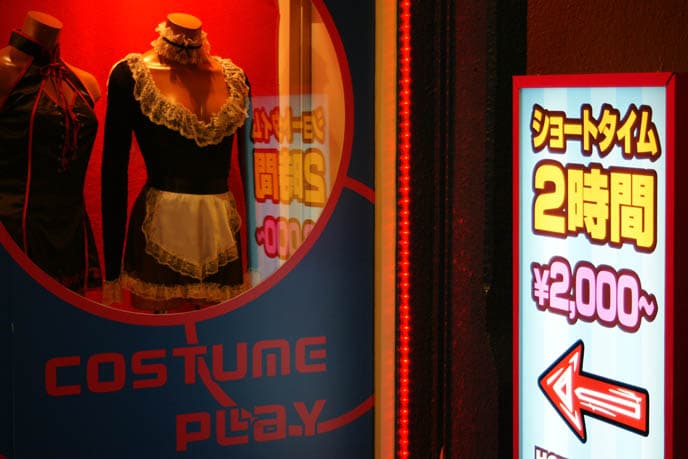
In an entertainment district like Roppongi, Shibuya, or Shinjuku, you might stumble across small, kitschy hotels with flashing signs that advertise prices for a “rest” or “stay”.
These aren’t regular accommodations, these are love hotels, designed for lovers to have a quick (or longer) romp.
The concept arose in the early Edo period. Some teahouses had tunnels that led to private rooms for prostitutes or lovers. Later, accommodations sprung up specifically for secret trysts.
The modern “love hotel” takes its name from Osaka’s Hotel Love, a 1960s rest-stop with a gaudy rotating sign.
In today’s more liberal society, you might be puzzled by the continued popularity of love hotels in Japan. Many young Japanese live with their parents, making it impossible to bring someone back home, so they’ll stop over in a love hotel instead. Other couples check in after a night of partying, as the trains don’t start running until dawn.
A love hotel typically charges 4,500 yen ($45 USD) for 1-3 hours, and 6,000 yen ($60 USD) for an overnight stay, with prices rising over the weekends. The check-in process is cleverly designed to be as discreet as possible.
You might speak to staff through a panel, so that they cannot see your faces. High-tech places automate the payment and key process entirely. In the past, some love hotels turned away same-sex partners, but the government recently ruled that business owners can no longer refuse anyone a room.
Some love hotels look like bland rooms, but others turn up the kitsch and kink.
In Shibuya, you’ll notice hotels with Greco-Roman decor or tropical themes, and eye-catching gimmicks like a disco ball with two people kissing. Some places offer sexy costumes for rent, karaoke machines, rotating or vibrating beds, and swings.
Tokyo’s Alpha Inn attracts an S&M crowd: there are medical fantasy rooms, dungeons with whips and shackles, and even a subway setup for those who dream of getting it on while commuting.
There’s a Hello Kitty themed everything
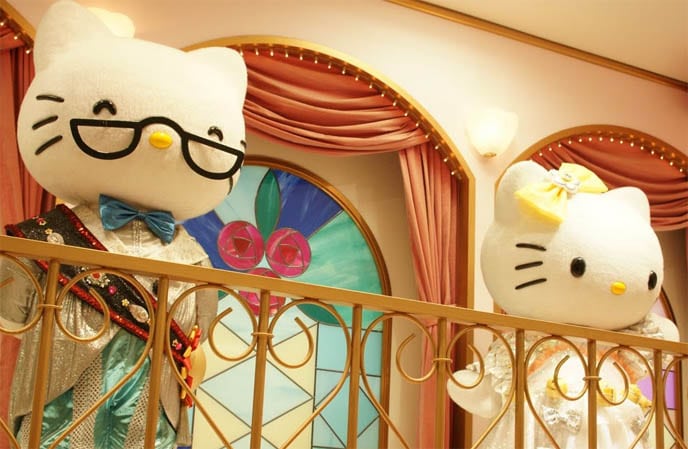
Hello Kitty is Japan’s original queen of cute. Sanrio’s “kawaii” cat debuted in 1974, and she remains the most popular and recognizable mascot in the country and so you should expect a lot of fun Japanese facts around it.
As you’d expect, you can find Sanrio shops and Hello Kitty merchandise everywhere in Japan. However, the Japanese infatuation goes much deeper, to the point that you can find almost anything with a Hello Kitty theme.
According to Guinness World Records, a Japanese citizen has the world’s biggest collection of Hello Kitty memorabilia. If you’re expecting a girly-girl to be the record holder, think again, as the award went to a normal-looking middle aged man.
Masao Gunji of Chiba owns over 5,000 Hello Kitty products, which fill every square inch of his home. These include plush toys, home goods, stationery, and bizarre items such as motorcycle helmets, collected over three decades.
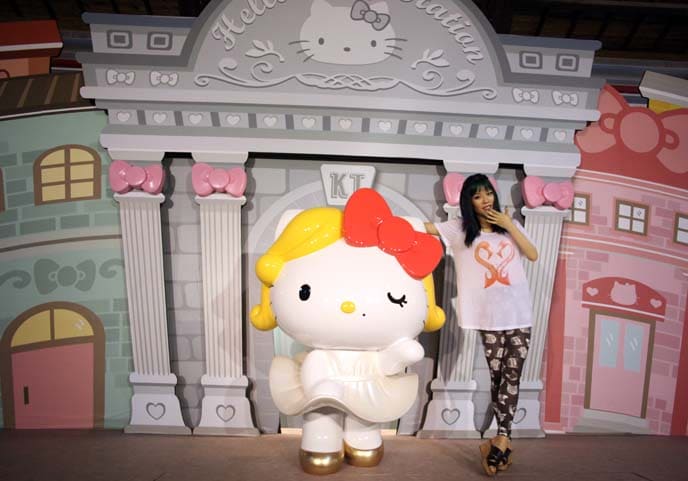
A Hello Kitty fanatic can plan an entire trip to Japan around her attractions. Tokyo has a huge theme park dedicated to the cute cat and her friends, called Puroland, while Fukuoka has one named Sanrio Harmonyland. Cross the rainbow archway to ride on a pink train, eat Hello Kitty-shaped pancakes, and take photos with staff in mascot suits.
I especially loved the over-the-top stage show, which felt like a psychedelic dream starring Pompompurin, Kuromi, and my other childhood favorites. You can book a tour to visit Puroland here and here
for the Harmonyland alternative.
Travellers can fly to Japan on Eva Air’s Hello Kitty airplane, and ride a Hello Kitty bullet train that includes a giant cat statue and pastel decor everywhere.
But that is not all.
Fans can book a stay at Keio Plaza Shinjuku and request to stay in the Hello Kitty or Little Twin Stars themed rooms. They can also trek to Grand Chariot Hokutoshichisei, a “glamping” resort on Awaji Island, and stay in a pink “cocoon” decorated in tribute to the cute cat.
Japan often has pop-ups and temporary events as well, such as a Hello Kitty-themed rickshaw ride through Asakasa, and a dim sum cafe that put her face on sweet buns.
No matter when you shop, you’re bound to encounter Sanrio fashion collaborations. I found boots with giant pink bows on them, and a My Melody lace dress in Shibuya 109, one of the best places to shop in Tokyo.
Some of the products are luxurious, such as a Mikimoto x Hello Kitty pearl necklace collection that retailed for up to hundreds of thousands of US dollars. Others are on the naughty side, such as Hello Kitty wine and pleasure toys.
If you snacked on too many of her pink candies, you can even visit a Hello Kitty dental clinic!
Japan’s fetish culture is bonkers
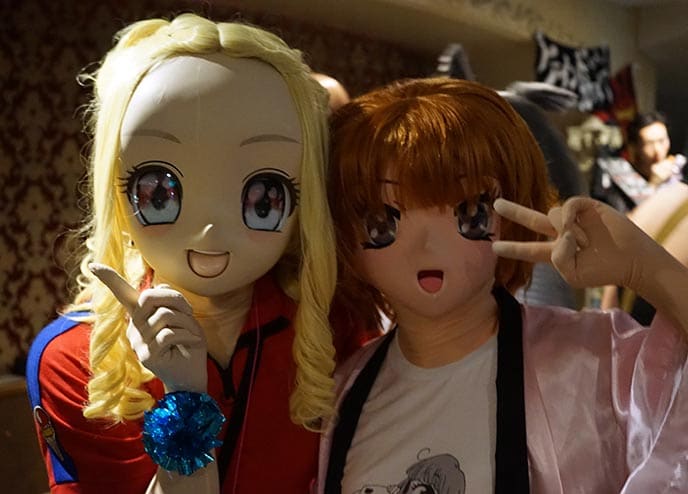
For most people, a typical “fetish night” party might involve people in latex outfits, engaging in some spanking and other naughtiness. This kinky image pales in comparison to the wild, imaginative decadence at Japanese fetish parties like Department H, where absolutely anything goes.
One of the many fascinating cultural facts about Japan involves the guarding of personal privacy. There’s a strict separation between your everyday life, where you conform to social norms and roles, and your “underground” life where you can let loose in the wildest of ways.
A fetish night like Tokyo’s Department H provides rows of lockers for guests. Many arrive at 11pm in their work clothes, which they store in these lockers. They’ll change into drag dresses, or outrageous costumes that obscure their faces. Now, they’re free to party hard until dawn, without the fear of anyone from “regular life” recognizing them.
At Japanese fetish parties, you’ll see people in over-the-top outfits that transform them into monsters or animals. An alien with tentacles welcomes guests (and gropes eager ones), while a naked woman in a fish tank writhes with a live snake.
In the corner, a man swivels a stick into his nether regions. You might come across people in full anime doll costumes, including giant uncanny heads with big eyes.
On the dance floor, a dominatrix doles out punishment to men in dog collars and chains. Above, people engage in suspension: they swing from the rafters, with hooks through their backs. At the end of the night, anyone can line up to “play” with a willing victim, who offers up his behind for your enjoyment.
Japan has famous cannibals
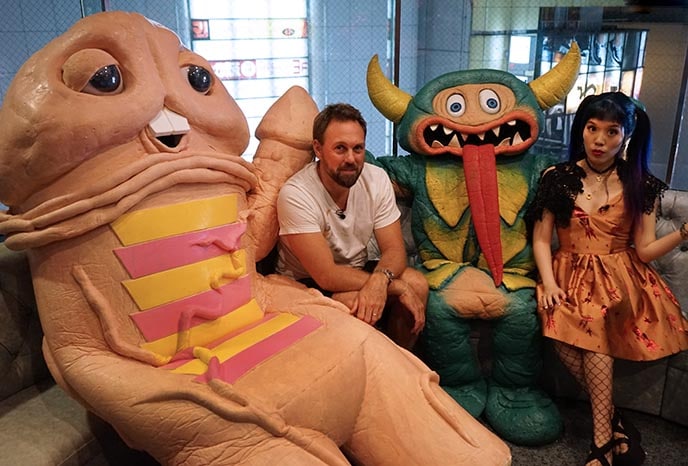
Did you know Japan has a real-life Hannibal Lecter?
Issei Sagawa’s appetite for human flesh has strangely made him a celebrity in his homeland. In 1981, the highly educated Sagawa was living in Paris and enrolled in a PhD literature program at the Sorbonne.
A Dutch woman named Renée Hartevelt disappeared, and days later, police caught him carrying her dismembered body in two suitcases. Sagawa confessed to shooting her and eating some parts of her body raw, while frying other parts in a pan.
His wealthy family hired lawyers, who successfully argued that he was legally insane. After two years of pre-trial detention, he was released without charge and allowed to go home to Japan.
Instead of being shunned, the charismatic Sagawa became a pop culture figure in his homeland. He appeared on Japanese TV shows in the 1990s as a commentator, wrote a novel and autobiography, and contributed restaurant reviews.
Not one to turn down an opportunity, Sagawa even appeared in adult films. Ironically, in 2013, he suffered a brain hemorrhage and had a gastrostomy, which left him unable to eat solid foods. To this day, he confesses he still has the urge to eat a human body.
In 2012, another Japanese cannibal made world headlines.
Artist Mao Sugiyama underwent “nullification” surgery to remove his male organs. He decided to stage an event in Tokyo, where he cooked up these body parts along with a side of (appropriately enough) button mushrooms.
Five diners feasted his seasoned and braised genitals. Cannibalism is not explicitly illegal under Japanese law, so Sugiyama was able to skirt arrest for the unconventional meal.
You can rent a family
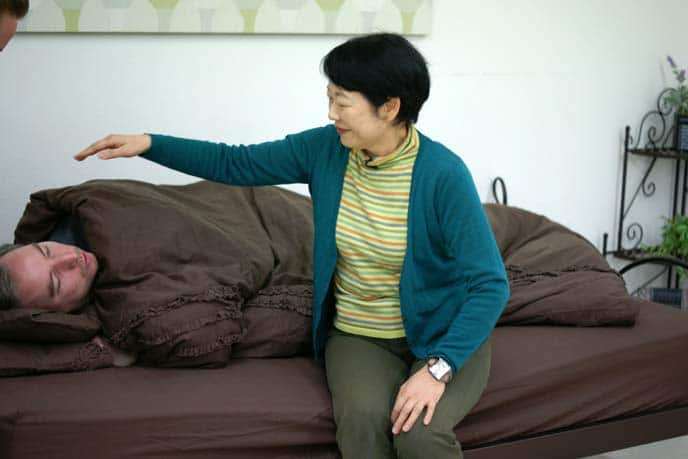
Homesickness hits hard when you’re from a rural Japanese town, and moved to a big city without knowing anyone.
Fortunately, the Japanese have come up with a way to combat loneliness and give you a taste of home: the rent-a-family.
These companies have sprung up to offer fake relatives or partners at any age. Scroll through the “menu” of actors, and pick someone to play a platonic role in your life. You can hire an elderly lady to act as your mother: she’ll make you a warm miso soup, tuck you into bed, and read you a story just like when you were a child.
Perhaps you miss hanging out with your grandfather, so you can book an elderly stand-in for the day. Or you’re invited to a wedding, and want to show up with a hot boyfriend or girlfriend on your arm to make everyone jealous. Just dial the rent-a-family number, and pay someone to play the role.
If you’re hungry for affection and human touch, but not keen to hire a sex worker, then there’s another “only in Japan” solution: the cuddle cafe.
At one of these dimly-lit parlors, you can hire a woman wearing pajamas to hold you and whisper sweet nothings. The action takes place in “cuddle stalls” with a futon and stuffed toys, but no “action” occurs beyond hugging.
Godzilla is a Japanese citizen
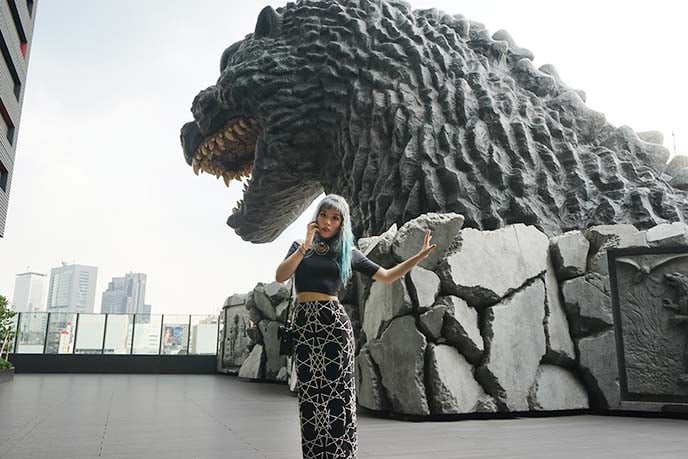
Hail Godzilla, king of the Japanese monsters!
The fire-breathing giant “kaiju” debuted on movie screens in 1954, and has been tearing Tokyo to pieces in films ever since. Children grew up with his video games and action figures, and people around the world know and fear his name.
In 2015, the Japanese government honored the powerful Godzilla by officially making him a Japanese citizen. He was also crowned as tourism ambassador in an odd way: someone dressed up in a Godzilla costume, and an official put a sash over his spiky green-black body.
The pointy-toothed citizen looms over Tokyo in other ways.
In Shinjuku’s Kabuki-cho, you can stroll up a “Godzilla Road” from Meiji-dori. This leads to Hotel Gracery where if you look up on the roof, and you’ll see him perched on the edge and roaring. In the evening, the massive Godzilla statue shakes his head, flashes his eyes, and exhales smoke at the top of every hour.
Hotel Gracery Shinjuku is a dream come true for his fans, who can admire rare collectibles and old Japanese movie posters in the lobby, and sleep in two “Godzilla suites”. One has a direct view of his head on the rooftop, while the other has his giant paw on the wall.
Fans can also visit a spiky Shin-Godzilla statue near Hibiya station, where Toho Studios (creators of his movies) originated. You can also stop by the Godzilla store in Shinjuku Marui Annex, to pick up retro t-shirts and toys that spit out atomic breath.
Many families sleep together in one room
Living in a tiny apartment is typical in major Asian cities such as Hong Kong. Despite the limited square footage, parents and children in these countries tend to have their own miniscule rooms. In Japan, though, it’s not uncommon for an entire family to live in a single one-room studio.
In other words, every day is a slumber party, and the parents and children sleep together on the floor.
But the interesting fact about Japan is not just this but also the fact that residents have managed to maximise the small space with compact kitchen equipment and hidden storage units. No wonder Marie Kondo, Japan’s decluttering guru, became an icon worldwide.
Then, it may dawn on you that there aren’t any beds or mattresses to be seen. Where does everyone sleep at night?
You may be amazed to hear that every evening, the parents take slim, cotton-stuffed sleeping pads called shikibutons out of the closet. These pads are about three inches thick, making them less hefty than a futon, which cannot be folded and stored.
The family lays the shikibutons down on the floor, typically lined with tatami straw mats. Each member adds a duvet blanket and pillows. The family then sleeps side-by-side on the tatami floor.
In the morning, the family folds up and puts away the shikibutons, blankets, and pillows.
This type of minimalist living can be quite a culture shock to those accustomed to having their own bedroom. However, this sleeping arrangement typically lasts only until the children are grade school age. Then, the family finds larger accommodations, or sets up partitions (such as folding screens) for privacy.
Men and women are obsessed with sun protection

On a sunny day, you might be puzzled to see a sea of umbrellas in the streets. It’s not because the rain is about to fall: locals are using them as parasols to block the sun.
You might also see both men and women wearing giant visors that cover their entire face, much like a welder, or a robot warrior in a sci-fi movie. Or you’ll notice women driving cars in long, fingerless gloves that go all the way up their arms.
What’s going on here? You may be wondering what this weird fact about Japan is about. Although in all fairness, if you have been to other cities in Asia, such as Singapore or Seoul you might have observed the same phenomenon.
It’s now common knowledge that sun protection is key to prevent burns, as well as slow signs of aging. The Japanese, however, took this information seriously decades ago, while the rest of the world was slathering on oil and sun-tanning.
Skincare companies invented next-level sunscreens that they go on invisibly and provide high UVA/UVB protection without clogging your pores. They even went a step further, and created their own rating system to measure a product’s degree of UVA protection.
Look for “PA” followed by one to four “+” symbols on sunscreen bottles. The rating corresponds to how long it takes skin to darken from UVA rays, so PA++++ means you can handle 16 times the amount of UVA exposure before “persistent pigment darkening”.
In general stores such as Don Quixote, and pharmacies like Matsumoto Kiyoshi, you can find shelves stocked with sun-protective products traditionally found only in Japan but more and more available in other parts of Asia.
It’s common for both men and women to wear sunscreen every single day of the year, and reapply it throughout the day. Look for Biore UV, a favorite that sinks in easily. I prefer physical, mineral-only sunscreens by brands like Innisfree, Kanebo, and Goodall.
I also pick up powder with SPF, and umbrellas made with UV-blocking materials. Perhaps on my next trip, I’ll go a step further and get a full-on “face mask” for the beach, which covers your head entirely except for the nostrils, eyes and mouth!
Women love to read manga about erotic male relationships
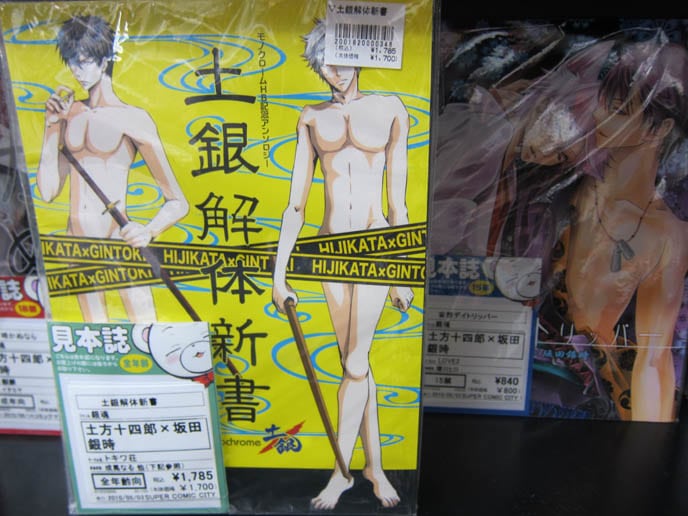
When Japanese women want to get swept away in a romance story, they won’t be reading the equivalent of a Harlequin novel (such as a buff male hero and damsel in distress).
Instead, to your surprise, many of them turn to “boys’ love” and “yaoi” manga or novels which feature intimate and sometimes explicit romances between two men.
In the Ikebukuro district of Tokyo, you can find bookstores that cater specifically to this genre. Boys’ love (BL) manga and novels focus on homoerotic tensions and the ensuing relationships between male characters.
Usually, one is a young and beautiful boy (bishonen) in a “uke” or passive bottom role. The other is an older man who takes the initiative in a “seme” or top role. BL tends to be less explicit; think of the popular anime Yuri on Ice, which explores sexual tensions between a young skater and his teacher. Yaoi, on the other hand, might show X-rated scenes.
Boys’ love and yaoi have a small but fierce following among women of all ages, who also watch anime, and play video, smartphone, and computer games with these themes.
What’s the appeal of this genre?
The women enjoy the “pretty boy” imagery, and consider the stories escapism. There’s no female character to compare yourself to, and the narratives are often more wrought because of the social obstacles of a gay relationship.
The cartoon South Park poked fun at this obsession in an episode, where some Japanese girls drew Tweek and Craig in a yaoi relationship leading the boys to partner up.
Japan has cat temples and cat islands
Cat-related things should not come across as an unusual fact about Japan by now. Hello Kitty’s homeland is notorious for its love of cats.
Japanese kitties like Scottish Fold Maru have become online celebrities, and Kishi Station in Kinokawa has made several cats their official stationmaster, complete with hats.
Everywhere in the country, you’ll run into cat cafes, mascots, toys, imagery, you name it. However, did you know you can find temples and entire islands dedicated to cats?
At Gotokuji Temple and Imado Shrine in Tokyo, you may be amazed to see locals bowing and praying in front of feline statues. Both of these spiritual places honor “maneki neko” or fortune cat statues.
The white cats have red ears and a collar with a gold bell, and raise a paw in the air to bring in good luck and money. Some statues even have both paws raised, for extra luck.
At Gotokuji, Japanese visitors can make prayers and offerings to thousands of cat statues. It’s quite the sight to see so many of these beckoning cats of all sizes, lined up in front of the temple. Visitors set good intentions and make wishes while gazing at their cute faces.
Since the feline statues are outdoors, the groundskeepers groom them regularly. At the temple’s shop, I picked up cat statues as good luck mementos, as well as an “ema” or wood wishing board decorated with Buddhas and kitties.
Tourists flock to Asukusa’s Senso-ji temple, yet very few of them know about Imado Jinja, located a short walk away. This obscure shrine was built in 1063, and oddly features two giant maneki nekos.
The male is covered in patterns, while his mate is white. Anyone can ring the bell, and bow three times in front of the two cats. After tying a wish written on white paper to the wire, you can spot porcelain kittens in the garden, and pick up round plaques and charms featuring the cute couple.
Cats are so big in Japan that they even have their own islands. Many travelers have heard of “Cat Island” Aoshima, which is located in Ehime Prefecture. But they may not realize that Japan has about a dozen of these cat isles, where there are more feline residents than humans.
Hundreds of years ago, fishermen brought cats on their boats to keep away rodents. Some stayed on the island and reproduced. Today, thousands of people visit Aoshima each year to hang out with about 150 furry friends. Bring cat snacks, and you’ll soon be mobbed by meowing animals.
The government runs speed-dating services
Japan is having the opposite of a baby boom.
The country’s population has shrunk by more than one million since 2010, and is expected to dwindle further.
Why aren’t younger citizens interested in getting married and having children?
Some cite the lack of support for mothers, especially when they quit work to raise children. Others point to the rise of the Internet, apps and gaming, which keep youths entertained and deter them from going out and socializing.
A few take this isolation so far that they become hikikomori, or shut-ins who withdraw from everyday life and never leave their rooms.
Realizing that this is a problem, Japan has taken unusual actions to help citizens get it on. Local governments have set up free speed-dating services, where singles can meet a potential partner.
These government-funded matchmaking events are especially popular in rural areas where it is difficult to meet new people. In a typical Japanese fashion, some services use DNA technology to help make a good match. Others make the singles wear surgical masks so that the focus is on one’s personality, rather than looks.
The Japanese government is offering other perks to encourage baby-making. They’ve set up free nursery schools and fertility counselling centers, although accessibility remains an issue. Men are also urged to take paternity leave, which is a rarity in this society.
Time will tell if these measures will be enough to reverse the curve, or if Japan must resort to inventing a futuristic means of reproduction.
Everything is for sale from vending machines
In most parts of the world, you can only find vending machines that dispense bottled drinks and junk food. Japan, on the other hand, is the land of vending machines, with over 5.5 million of these devices.
You’ll be hard pressed to walk down a major street without finding a red vending machine. Here, they dispense far stranger products than simply soft drinks. Some of these have been updated to digital touch-screens, with videos about each product.
When I was a teenager, my school had a trip to Japan. My bad-girl classmates were amazed to see cigarette vending machines, and took full advantage of them, as they could purchase tobacco from them without showing ID.
Today, there are still about 570,000 cigarette vending machines in Japan, but you must beep a special smart card that proves you are over the age of 20, in order to buy from them.
In Japan, you might encounter vending machines that pop out eggs, apples, bananas, or hamburgers. Not long ago, a pizza vending machine in Hiroshima drew large lineups.
Tenga, the pleasure toy company, debuted a dispenser for their masturbatory aids. Perhaps the oddest vending machine item of all is a jar of dashi broth, with an entire flying fish floating inside.
How about used panty vending machines? This is mostly an urban legend, but you might find a gachapon gumball-style machine that spits out underwear designed to look old and frayed.
The Japanese like living on the edge
Did you know that there is a Japanese dish that can kill you?
Fugu is a poisonous pufferfish that is eaten in Japan but which, if not prepared properly, can kill because of the large amounts of poison in its belly. One fish alone could kill a few dozen people, inducing paralysis and death by respiratory failure.
For thousands of years, the Japanese knew of fugu’s deadly effects. Since many people accidentally died from eating it, the toxic pufferfish was banned until the end of the 19th century. Those who dared to taste the dangerous flesh could only purchase it at secret auctions.
Today, fugu is legal and sold in specialized restaurants all over the country. However, in order to cook this fish, the chef must be properly trained and certified by the authorities. Thanks to these strict regulations, only about 50 people suffer from fugu poisoning each year, with a few succumbing to the effects.
Snacks and chocolate come in interesting flavors
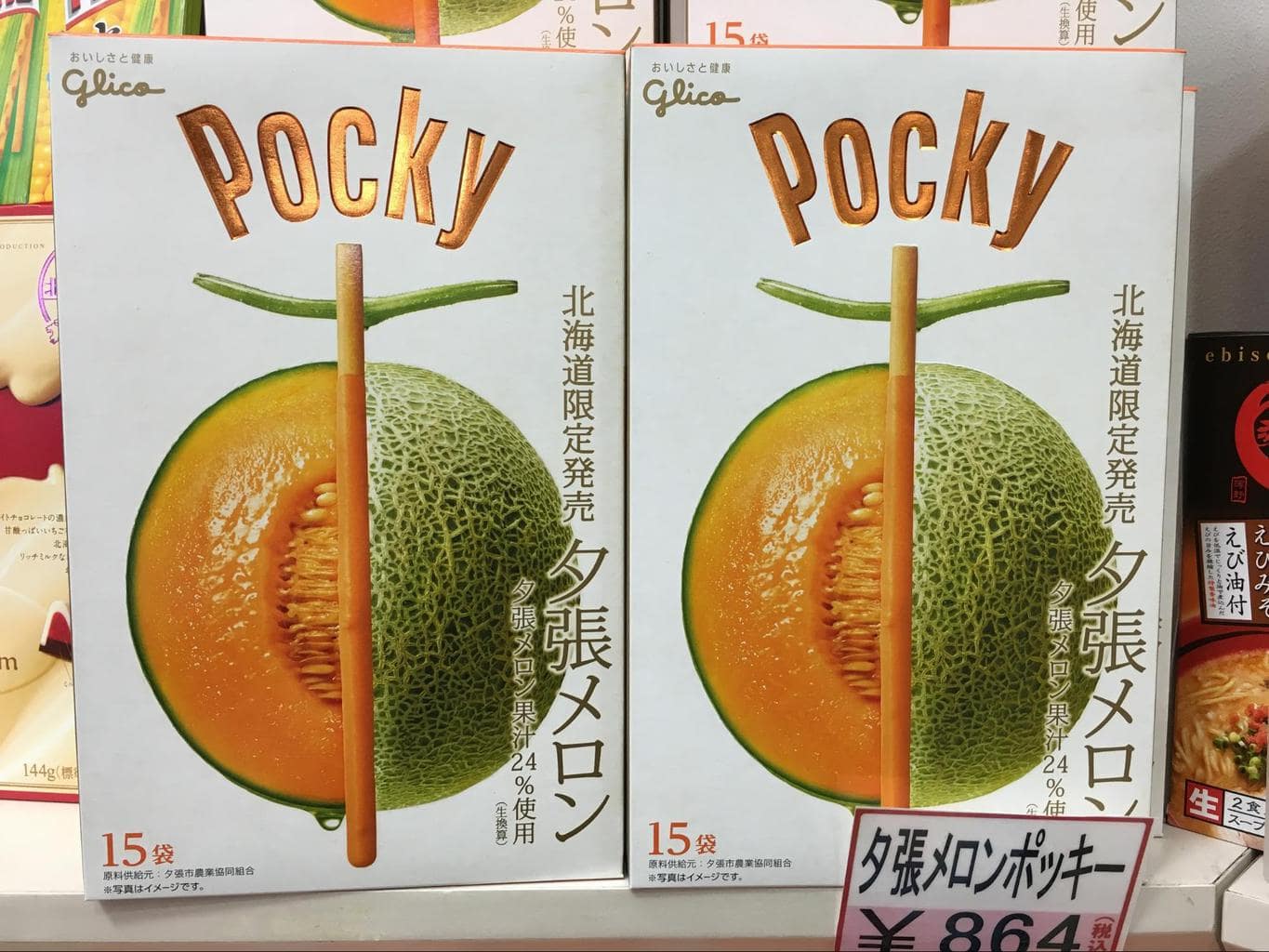

Everything in Japan is over the top, including packaged snacks and sweets. One of the best and cheapest souvenirs to take home are the flavoured Kit Kat and Pocky chocolate sticks.
These flavors change throughout the seasons with what’s available, but there are a few year-round favorites like matcha green tea. Other bizarre flavors include taro, wasabi, and soy sauce.
During springtime, sakura flavors are commonly found on anything, from chocolates to cakes to entire kaiseki menus, and of course on Kit Kats. The delicate pastel pink and cute packaging will make it hard for you to eat them.



In supermarkets and general stores, you can shop for all types of strangely-flavored treats and candies. Look for Every Burger chocolates shaped like hamburgers, Men’s Pocky sticks that are thicker and coated with nuts, dried squid coated in cocoa, and other wacky snacks.
You can buy Apple-like pleasure toys
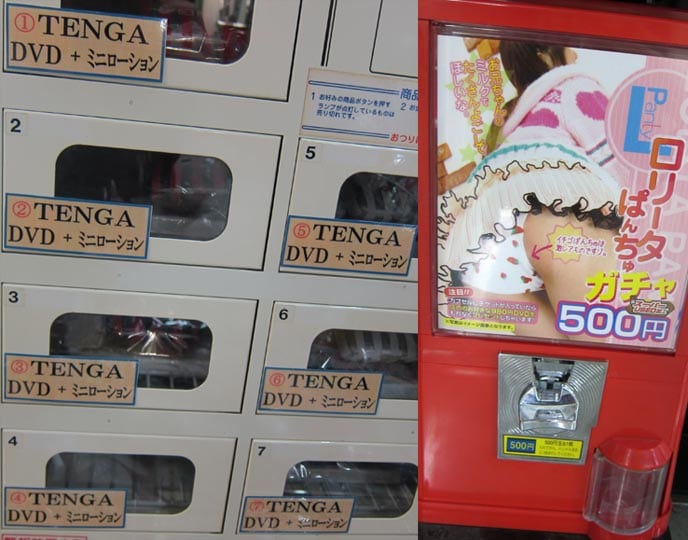
In 2005, an auto mechanic named Koichi Matsumoto decided there must be a better way to design a male masturbatory device.
He used his engineering knowledge to create Tenga, a line of next-level pleasure devices with sleek, minimal aesthetics. The company is often compared to Apple for this reason.
Some Tenga look like colorful Easter eggs, while the “Flip Hole” could be mistaken for a wireless speaker. The company also created a line of elegant “iroha” vibrators for women, and related goods such as an energy drink and Tenga-shaped chocolates.
The savvy company realized that vending machines are part of daily life in Japan. Residents can purchase hot tea, order ramen or book a love hotel room using these ubiquitous machines, so why not alter one to dispense Tenga?
You can find several of these vending machines in Sapporo, hidden behind a “noren” curtain with a vertical slit to give the buyer privacy. Instead of bottled drinks, the compartments hold Tenga’s Cup and Spinner devices for men.
An ID system ensures you are over the age of 18, and a video provides instructions on how to use the products. So far, the DIY machines are a hit, and should soon be found throughout Japan.
Lonely locals date love dolls and marry pillows
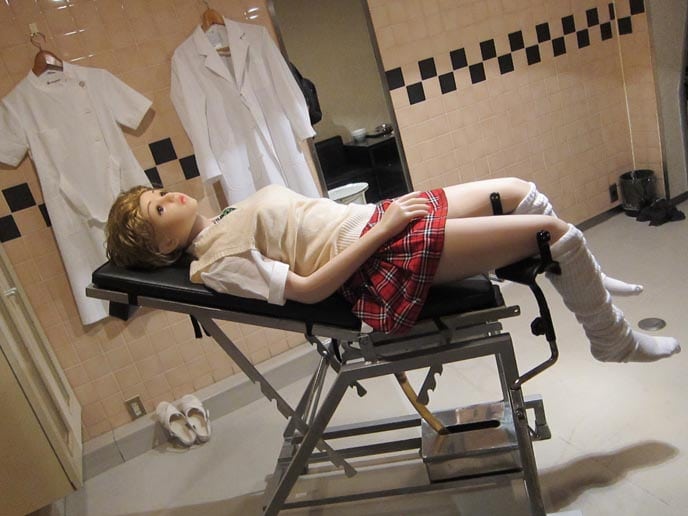
How is that for a truly weird fact about Japan?
Japanese lonely hearts can find pleasure and company in the strangest inanimate objects.
People of all ages have traditionally enjoyed curling up with a large “dakimakura” pillow. In the 1990s, otaku geeks began printing images of sexy anime characters on the pillows, usually clad in swimwear or lingerie, and making suggestive poses.
Next, they created human-shaped pillows curved like popular figures, such as Sailor Moon. Some fans grew so attached to their bed-mates that they began treating them like real partners.
One man was so head-over-heels for his pillow, featuring magical anime girl Fate Testarossa, that he took it out on dates. Finally, he married the pillow: he put it in a white bridal dress, and had a priest perform a ceremony.
Women, on the other hand, fall for boyfriend arm pillows. These transform the dakimakura into a male torso, dressed in a shirt, and with a fake limb attached. Ladies could snuggle into the crook of the elbow at night, and pretend that a man was holding them.
Things get even weirder when we enter the world of love dolls.
Niche, but old, companies like Orient Industry (in business since 1977) make ultra-realistic, life-sized dolls that sell for up to 700,000 yen ($6,615 USD). These silicone women have an uncanny look, yet all their parts are anatomically accurate, so their owners can be intimate with them in ways you may not want to imagine.
Tokyo even has a love doll rental service, for those who aren’t ready to commit to just one mannequin, as well as love doll brothels.
The food on display at restaurants is fake
If you walk past many restaurants in Japan, you may be surprised to see the dishes on display as if you were looking at a clothing store.
Don’t be fooled. While the real dish may very much look like the one on display, it is actually a hyper-realistic plastic version usually made to order as per the restaurant’s menu.
The industry of plastic food is huge and it is impossible to spend a day sightseeing in Japan and not see several restaurants with it. You can purchase impressive-looking fake food in Asakusa’s Kappabashi district, to fool your friends back at home.
Smoking indoors is still allowed in Japan
This is the most unpleasant of facts about Japan that you will experience everywhere – smoking indoors is widespread and still a common practice.
Enter a pachinko gambling den and you may be forced to leave shortly after by the impossibly thick smoke. For such a developed and clean nation, this is a very contradictory fact.
Many coffeeshops offer smoking and non-smoking areas. However, these divisions don’t make much of a difference, as the sections are usually just separated by an open panel. If you’re sensitive to cigarette smoke, ensure that you are in a room far away from smokers when you visit izakayas and restaurants. Otherwise, you might find yourself hacking and coughing as you eat.
There is a Suicide Forest
There is a forest outside of Tokyo, at the foot of Mount Fuji, called Aokigahara. Also known as Suicide Forest, it is the second most popular suicide location in the world after the Golden Gate Bridge in San Francisco.
The forest was also the place of the movie of the same name and sees about 100 deaths a year. Taking one’s own life is not as frowned upon in Japan as it is in other cultures, as it was considered honorable for the samurai to commit seppuku, or ritual suicide. Because of this, and other reasons, the country has one of the highest rates in the world.
The Japanese like to shower with their phones
Almost all of Japan’s mobile phones are waterproof and have been so since 2005, well before iPhone and Samsung made water-tight smartphones. The reason for this is one of the funniest of all Japan facts: people like to take them to the shower.
The weirdest of themed cafes
One of the most fun aspects of Japan is the amount of fun, weird and strange themed cafes you will find.
There are the more commonly available pet cafes (cats, dogs, bunnies) and others with less friendly animals such as owls or hedgehogs. If you want to play into your fantasies, there are cafes themed after Alice in Wonderland, or maid cafes where the waitresses wear short French aprons and cute ponytails. Ladies may enjoy visiting a butler cafe, where they are treated like princesses by attractive gentlemen in suits.
You can find robot restaurants of all sorts, and anime-themed cafes that are the devotion of many geeky fans. The themes extend to over-the-top decor, staff costumes, gimmicks such as games, and merchandise for diners to purchase.
Then there is the more recent Instagram frenzy that has brought rainbow-colored food, cafes with dishes or drinks styled like characters or mascots, or unicorn cafes. You name it, and Japan has probably invented it.
Tokyo has a museum devoted to poop
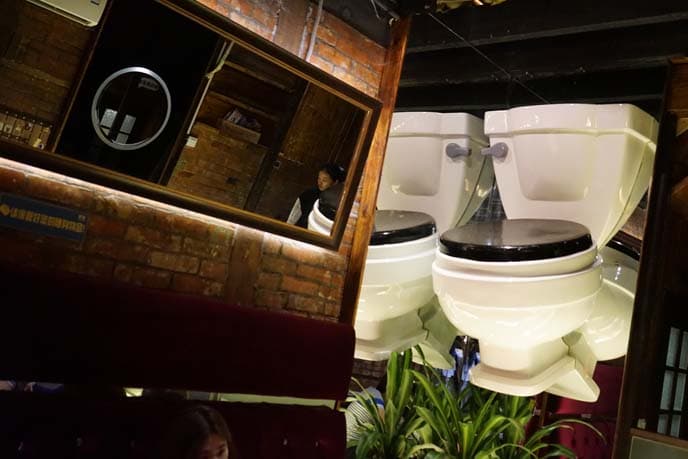
I think this is the most shocking of all the facts about Japan: there is a museum devoted to poop.
Fans of toilet humor can live it up at the new Unko Museum (that’s the Japanese word for poo) in Odaiba, Tokyo.
Visitors can take selfies with giant rainbow poop statues with smiling faces, or run away from a volcano that spits out fake diarrhea. You can dive into a swimming pool filled with little toy turds, or play video games that let you catch falling feces.
Don’t forget to exit through the gift store and pick up a crappy souvenir.
Why would a museum like this be popular in Japan?
In the early 2000s, a golden poo became a pop culture symbol as an ironic good luck charm. Many people attached unko charms to their cell phones, and bought merchandise smeared with images of a goofy, smiling swirl of poop. There’s even an emoji depicting the brown ice-cream-like pile 💩
Japan is also the most advanced country in the world when it comes to toilets. The Toto brand invented high-tech devices with heated seats, and buttons that play music or flushing sounds to cover up toilet noises.
When you’ve finished your business, you can spray water in various speeds, temperatures, directions, and pulses to clean up. With the Japanese fondness for futuristic toilets, it’s no wonder that a poop-themed museum is a hit.
Every year, 2,000 dancing Pikachus take over Yokohama
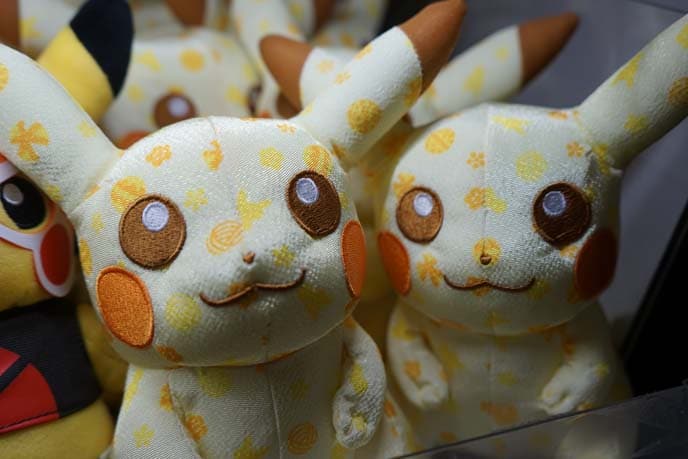
Every August in Yokohama, Pokemon trainers unite at a surreal gathering called Pikachu Outbreak.
During the daytime, they can partake in Pokemon Go meet-ups, and purchase collectibles like Snorlax hats and Mimikyu plushies. However, things take a turn for the peculiar during the main event at The Forests.
2,000 identical Pikachus suddenly emerge from the trees, dancing in perfectly choreographed movements. The sight of the tubby yellow mascots, moving towards you in synchronicity, is a mixture of cute and horrifying.
If the zombie-like Pikachu outbreak isn’t strange enough, the event also has an Eevee parade. This brown pocket monster resembles a fennec fox, with long pointed ears and a bushy tail. Rows of life-sized mascots wave their paws and spin around, as they prance in unison down the streets.
There’s no room for free-styling here. The performers are expected to execute precise lines and movements in their hot and heavy costumes. In 2017, visitors got to see how seriously the festival goers took this matter.
Sometimes the dances don’t quite go as planned, and in this clip you can see a Pikachu looking wasted as he jiggles and his hat falls off on stage.
Fruits are taken to a whole new level
Fruits in Japan are taken to a whole new level. You can find massive perfectly round melons, uber-expensive grapes, and square watermelons (you can grow your own too!) that cost over 10,000 yen each ($100 USD).
Many of these fruits are specially bred to have strange shapes and colors, and are considered an excellent present to give to friends. Even the most humble of fruits is treated with padded cases and packaging, lest their delicate skin be damaged.
Unfortunately, the reverence for strange fruits means that regular ones tend to be extremely expensive, compared to prices in other countries. For example, a small basket of supermarket blueberries might cost 3 or 4 times the amount of the same ones in a Western grocery.
Japan still has an Emperor
One of the most interesting facts about Japan is that the country is the only one that still has an Emperor as its head of state. The family has no power in effect, but they represent the country’s long-lasting cultural values.
This is not to say that Japan is the only country with a monarch in power. There are 43 countries with a king, queen, emir, sultan or other reigning monarch. However, Japan is the only one remaining with an Emperor, as in ancient times.
Japan’s current Emperor Naruhito comes from a long standing dynasty that has been in power since the 7th century and as such, is the oldest hereditary monarchy in the world. He is the 126th Emperor of the country.
The Japanese cuisine is unique
We all know and can name several Japanese dishes, but what makes Japanese food so special is the fact that it is largely only found in the country (with some dishes sharing some communality with China and Korea).
Many national cuisines have borrowed elements from other cultures (all of the Balkan countries, Macedonia, Montenegro, Albania, etc. share similarities with the Ottoman Empire and Persia). Or they’ve developed over centuries of trade and interactions, or even conquests, by other civilisations (like with Sicilian food or South African food).
Japanese food is one of the purest and has few shared dishes with other cuisines. This is because of the country’s geography, as it is made of thousands of islands. The Japanese also hold to the principle of always using what is fresh, in-season and locally grown.
However, despite the local food being amazing, healthy and delicious, Japan has more McDonalds than any other country outside of the US. There are almost 3,000 of these fast food joints, with the number projected to increase, all thanks to a growing number of tourists who seek affordable and familiar foods.
Japan is a country chock full of fun and interesting facts. This list is only a sampling of the fascinating traditions and pop culture quirks that you’ll encounter on a trip here. I hope these 40+ cultural facts about Japan will inspire you to come and discover more wonders for yourself.
Further reading: We have written many other articles on facts about certain countries, so read on if you want some great trivia.
- Facts about the USA
- Facts about South Korea
- Facts about China
- Facts about Bhutan
- Facts about North Korea
- Facts about Bangladesh
- Facts about Albania
- Facts about Singapore
Don’t forget to Pin this to you JapanTravel board!
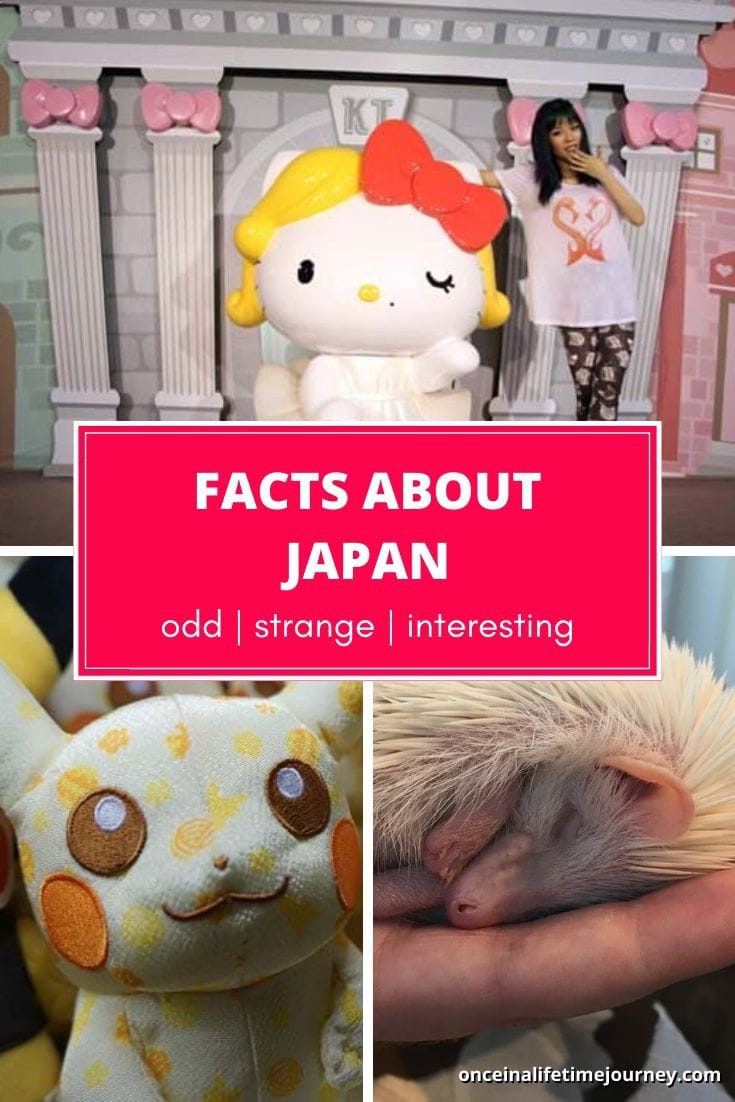
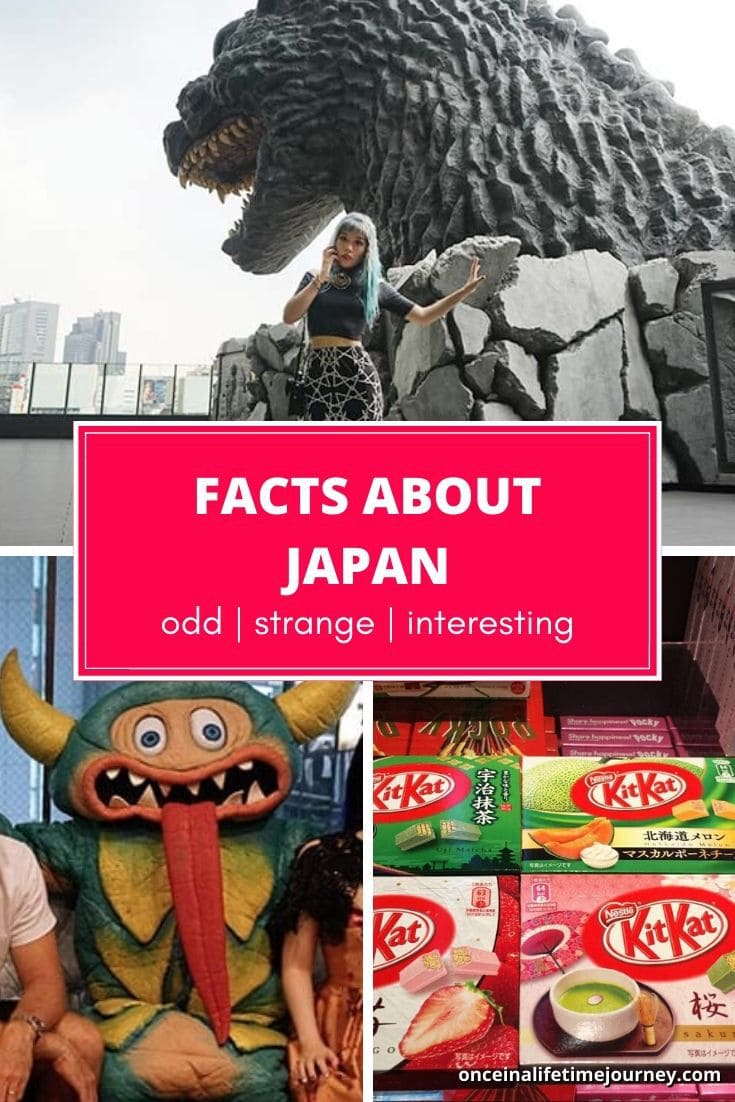
BIO: La Carmina is a travel writer and TV presenter specializing in Japanese subcultures. She runs the award-winning La Carmina blog, wrote three books about J-pop culture for Penguin Random House, and has appeared as a Tokyo expert on CNN, Discovery, National Geographic, ABC and other television networks worldwide.
- Check if you need a visa, get help processing it at iVisa.
- Never ever leave without travel insurance. Get affordable coverage from World Nomads or long term insurance from Safety Wing.
- I find all of my flights on KAYAK. Check their Deals section too.
- Search for all your transportation between destinations on the trusted travel booking platform Bookaway.
- I book all my day trips and tours via GetYourGuide, they are the best and their tours are refundable up to 24h in advance.
- Get USD35 off your first booking with Airbnb.
- Compare hotels EVERYWHERE at HotelsCombined and book with Booking.com.
- Compare car rental prices at Rentalcars.com

